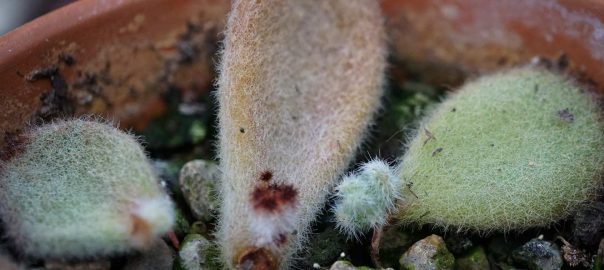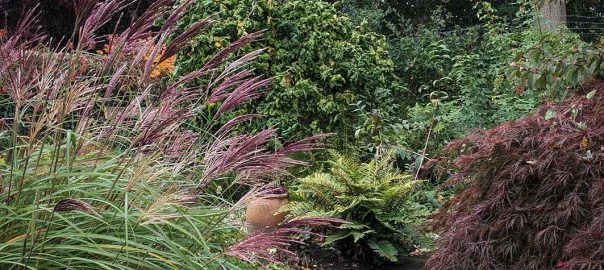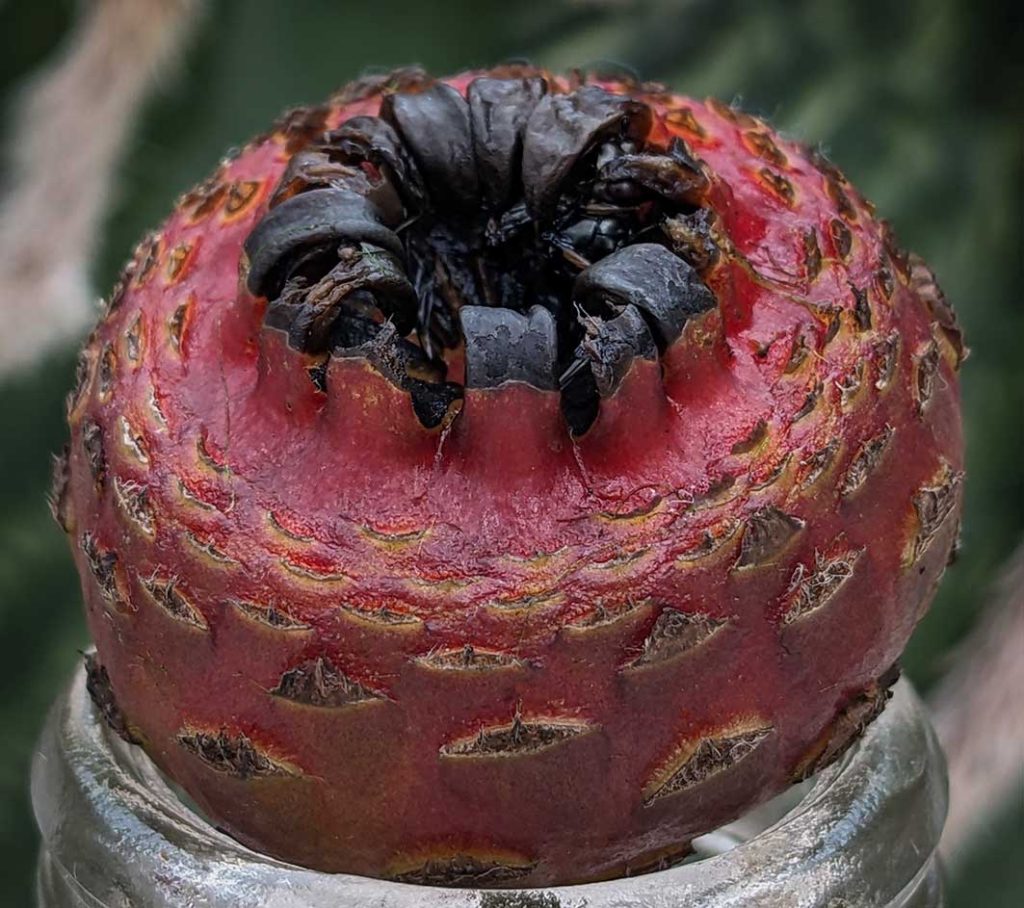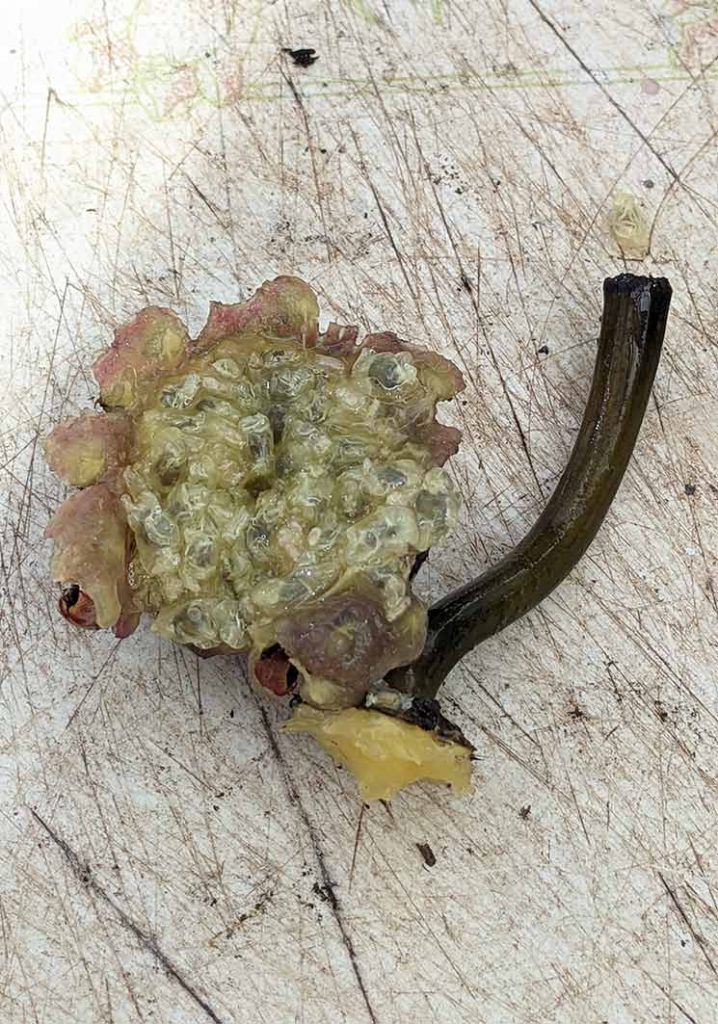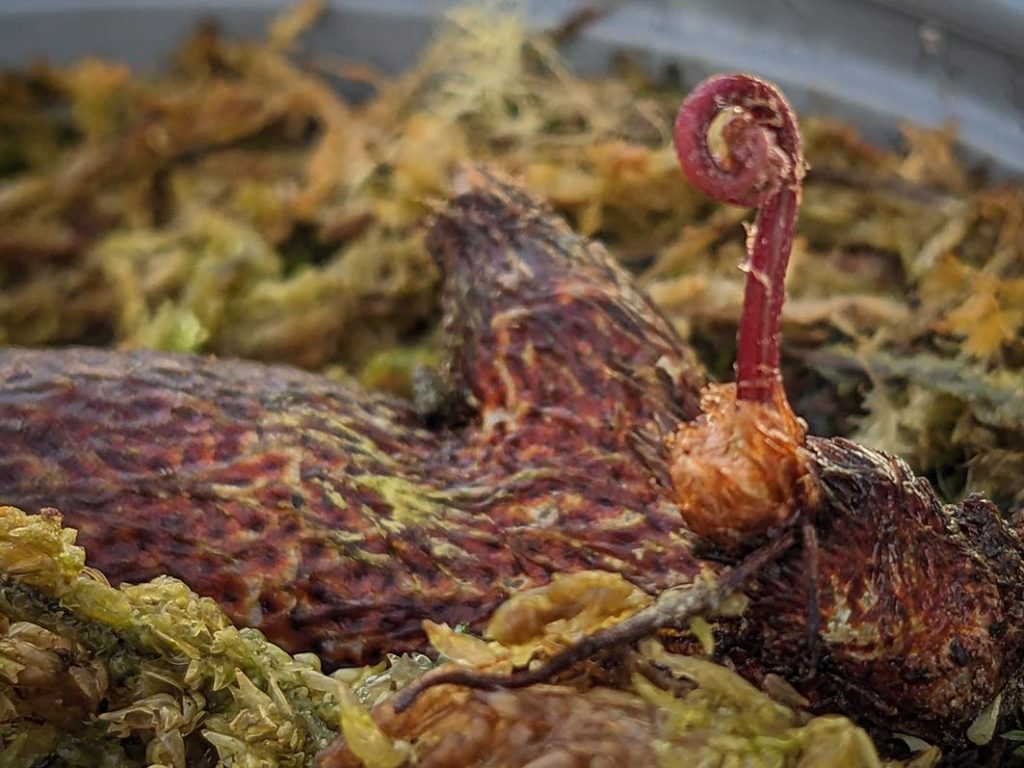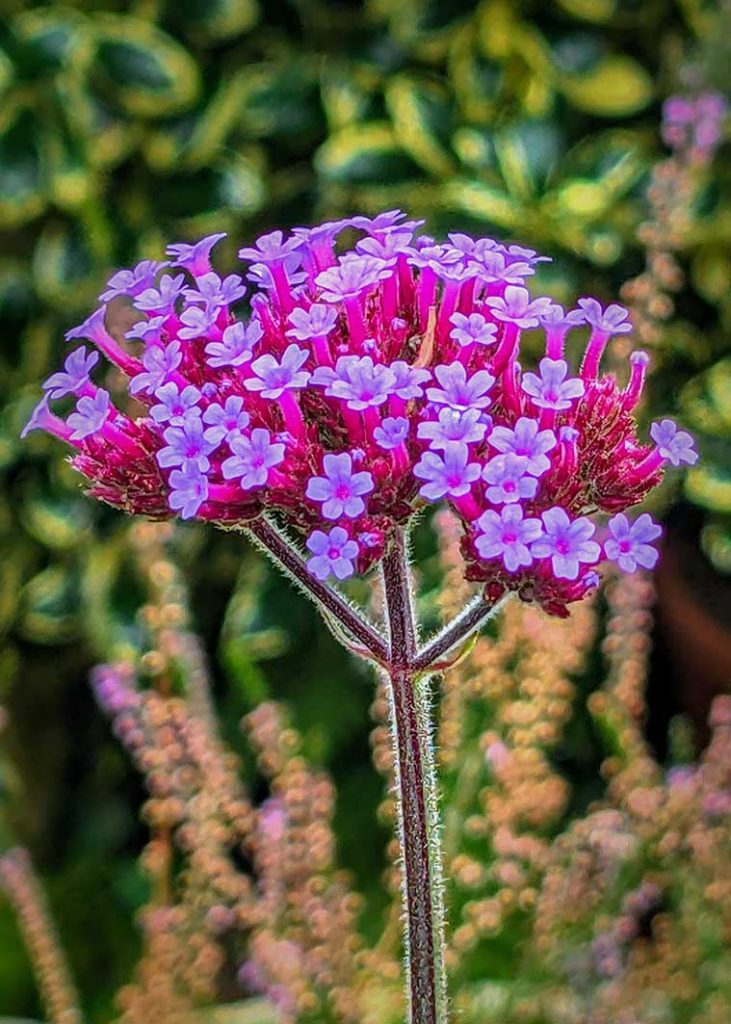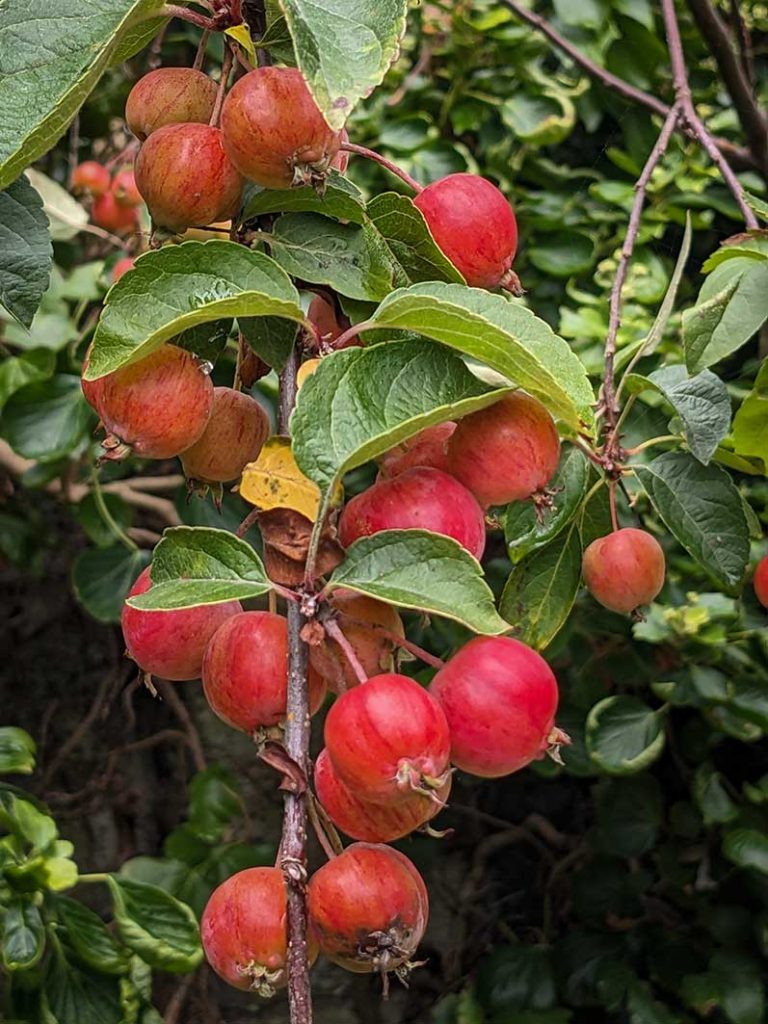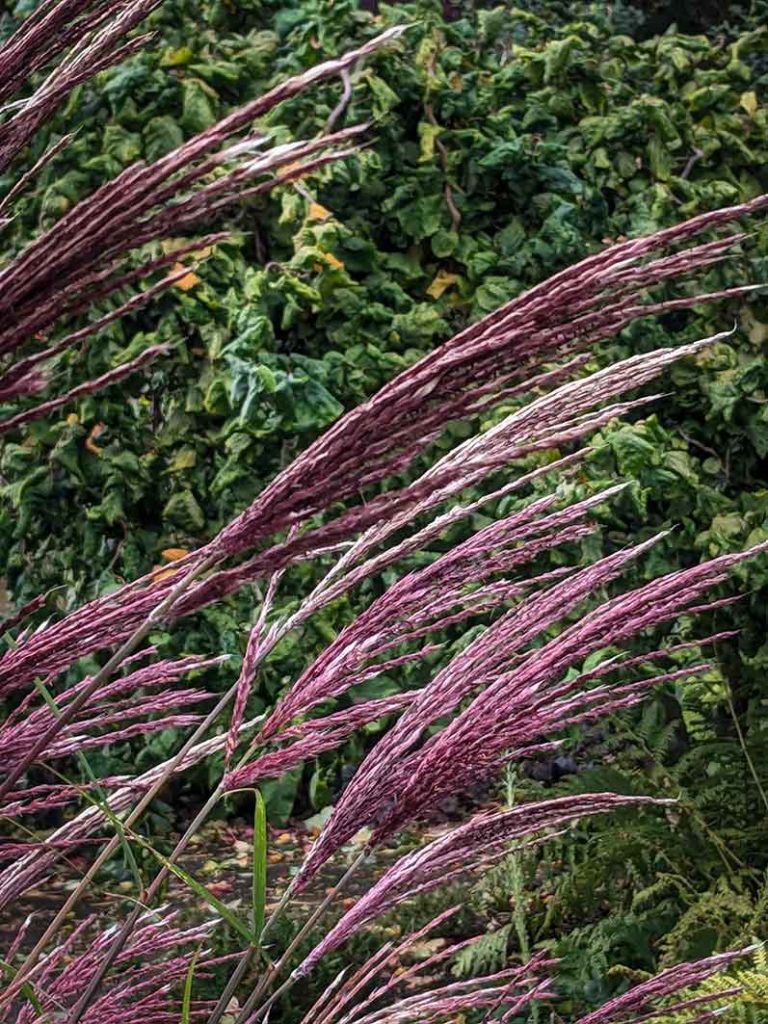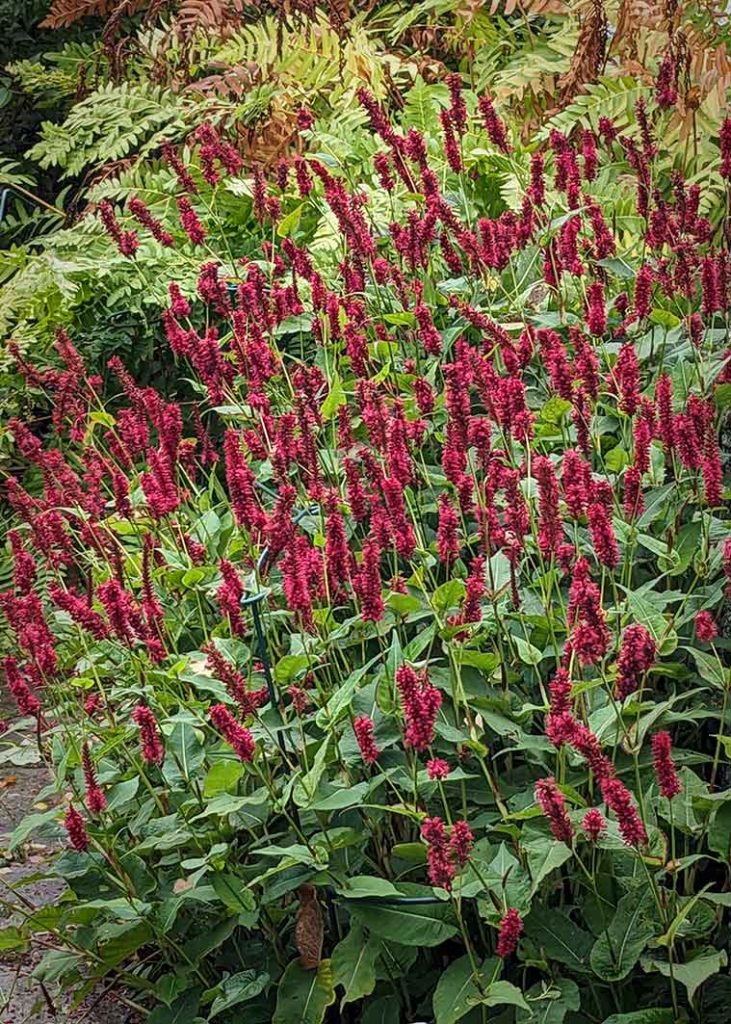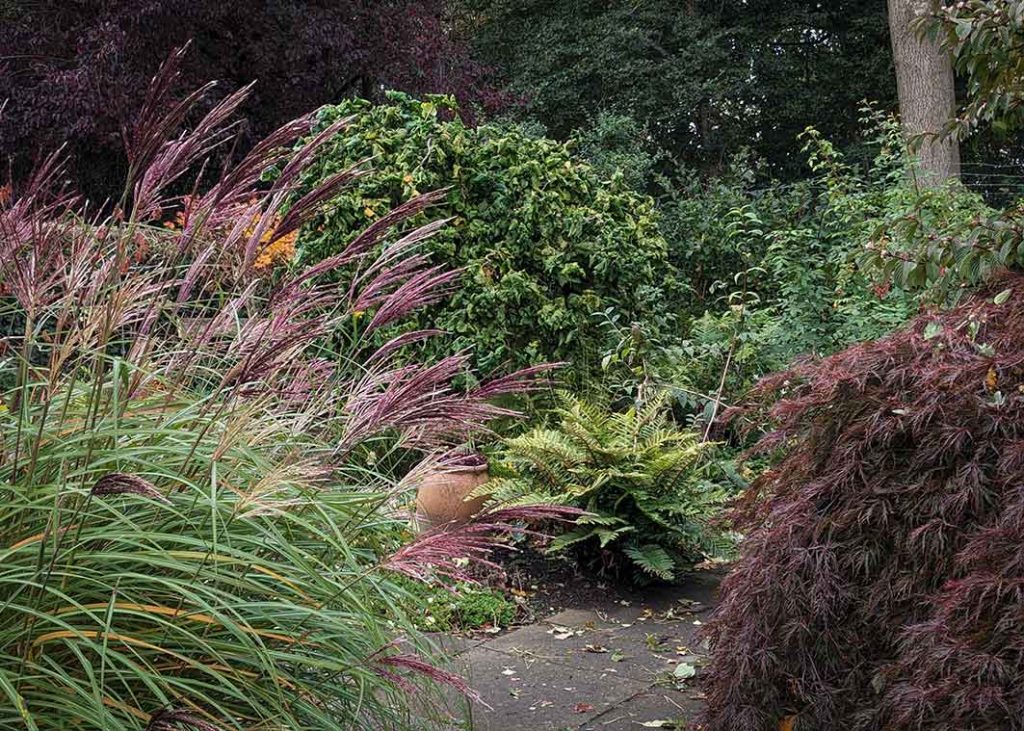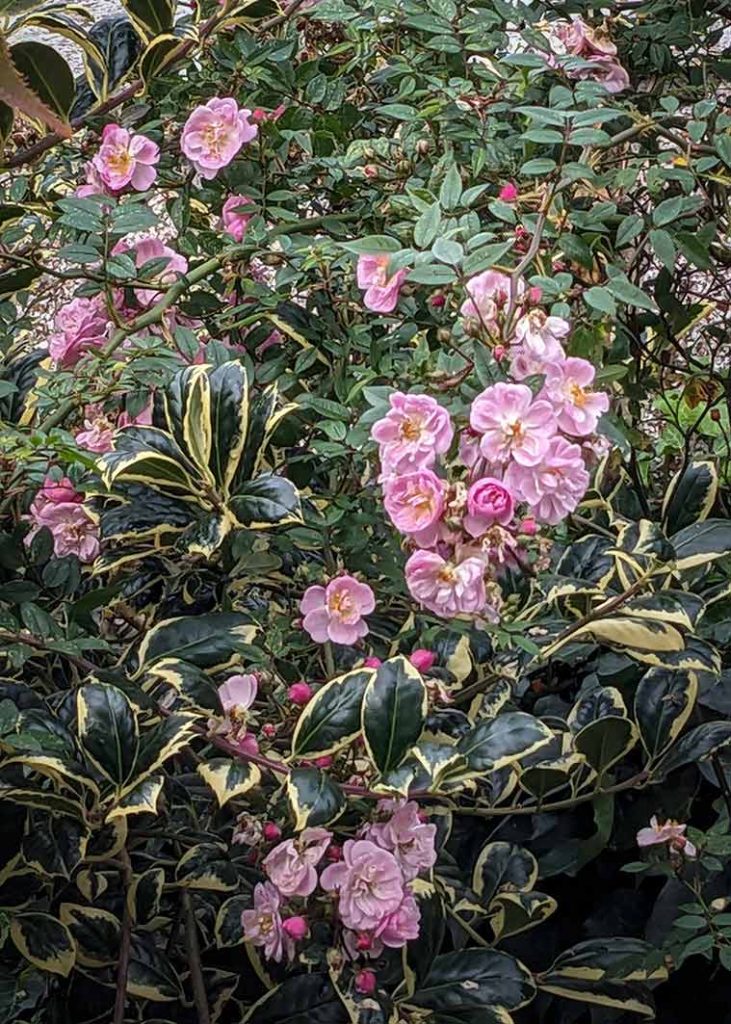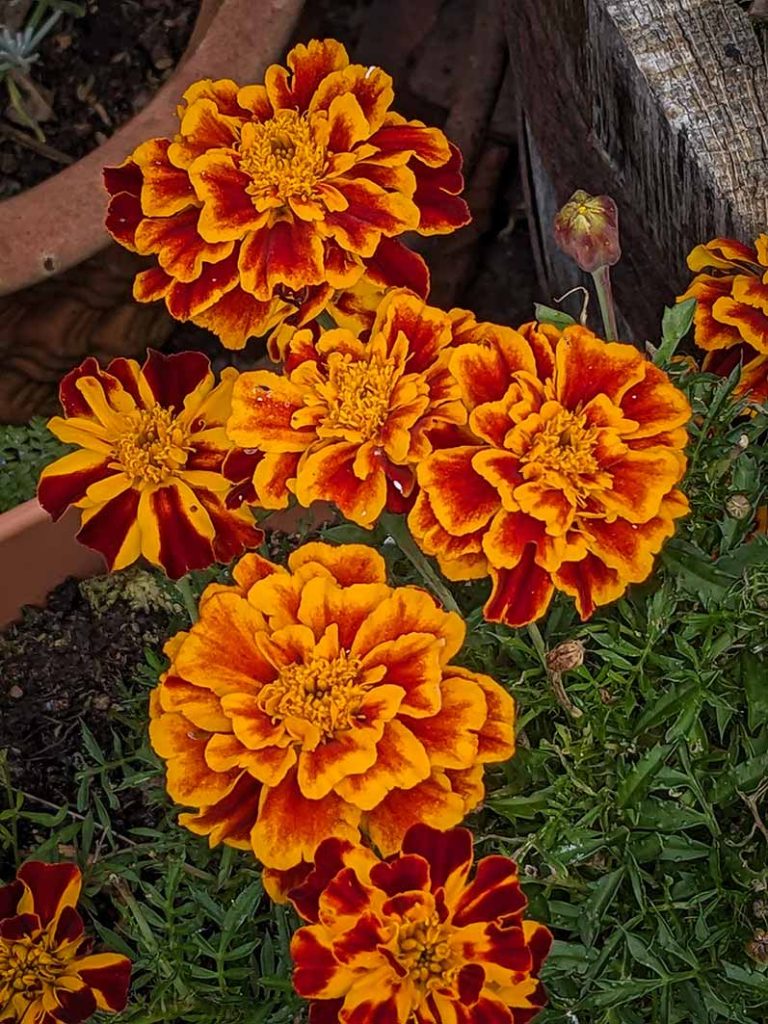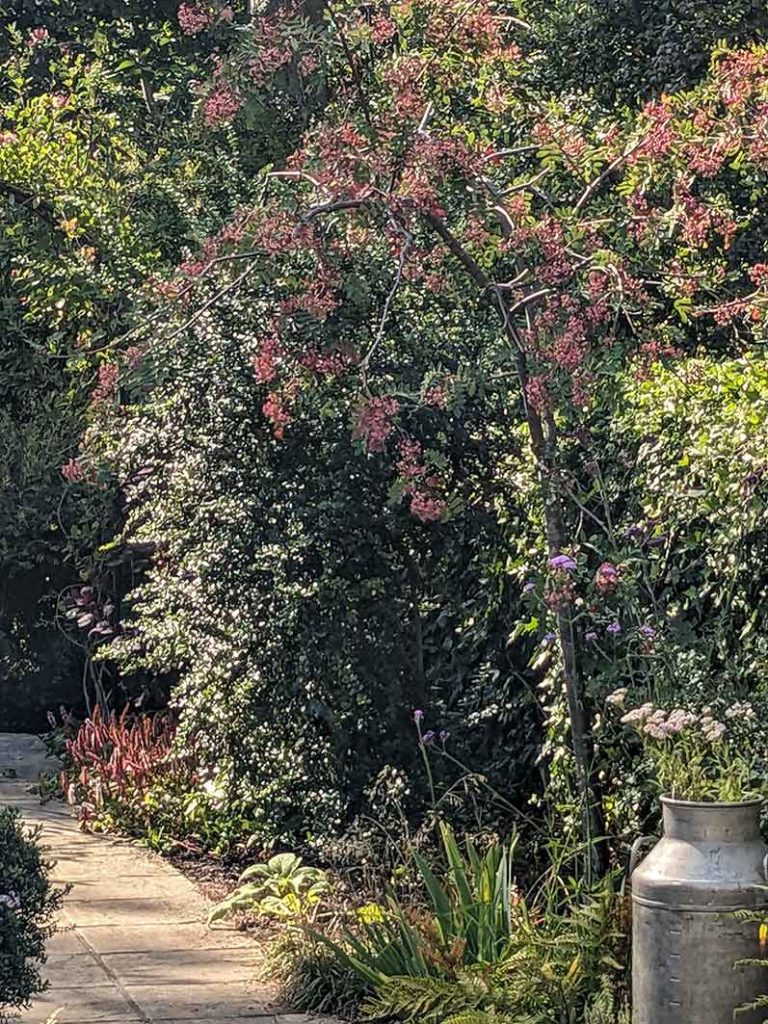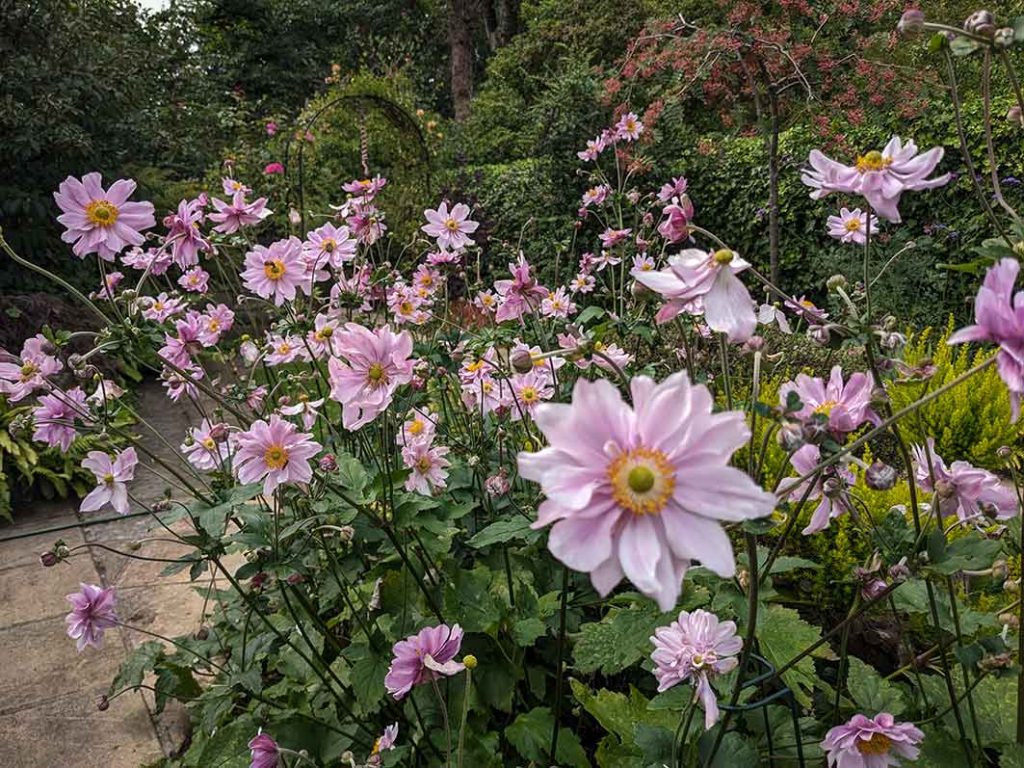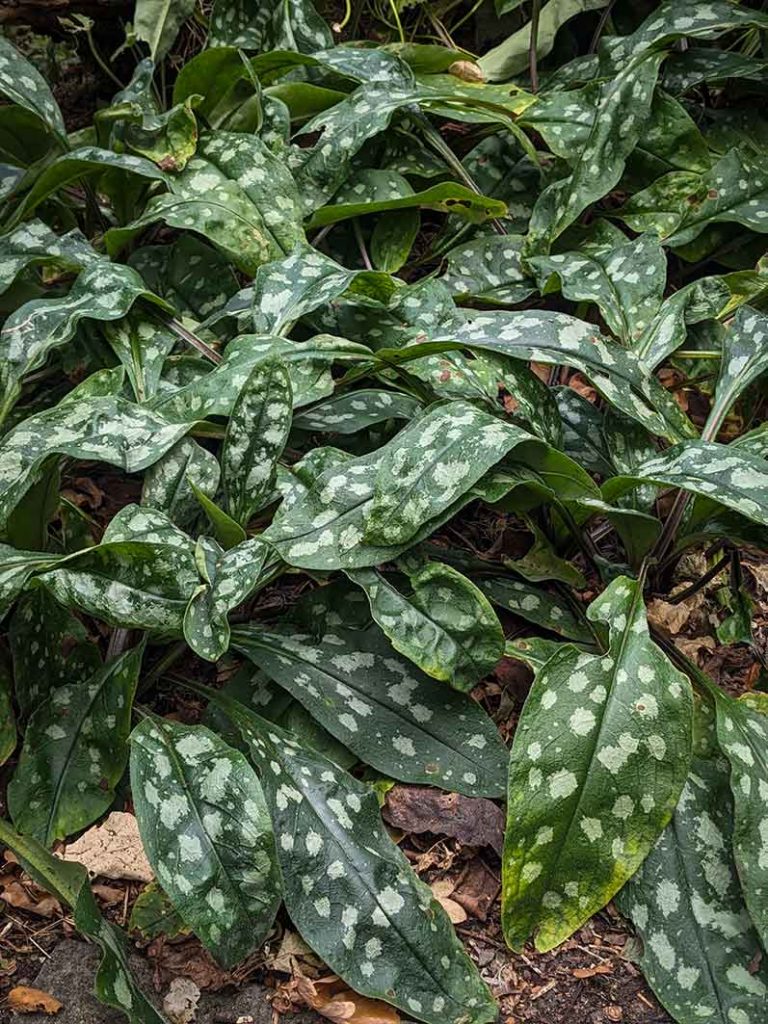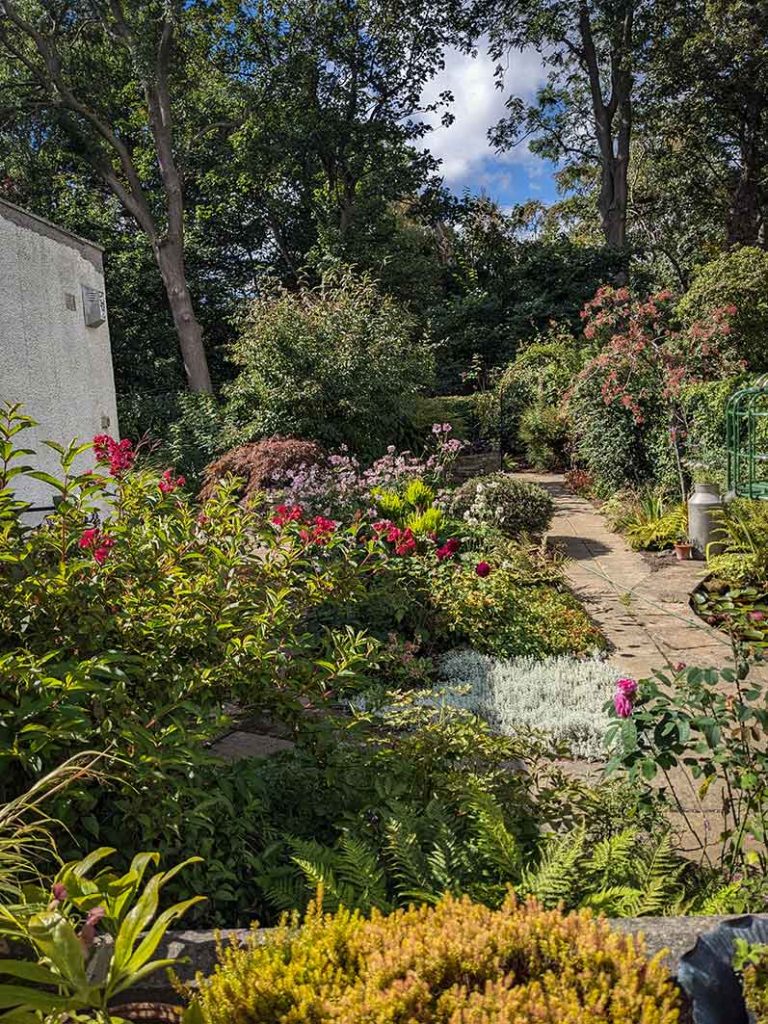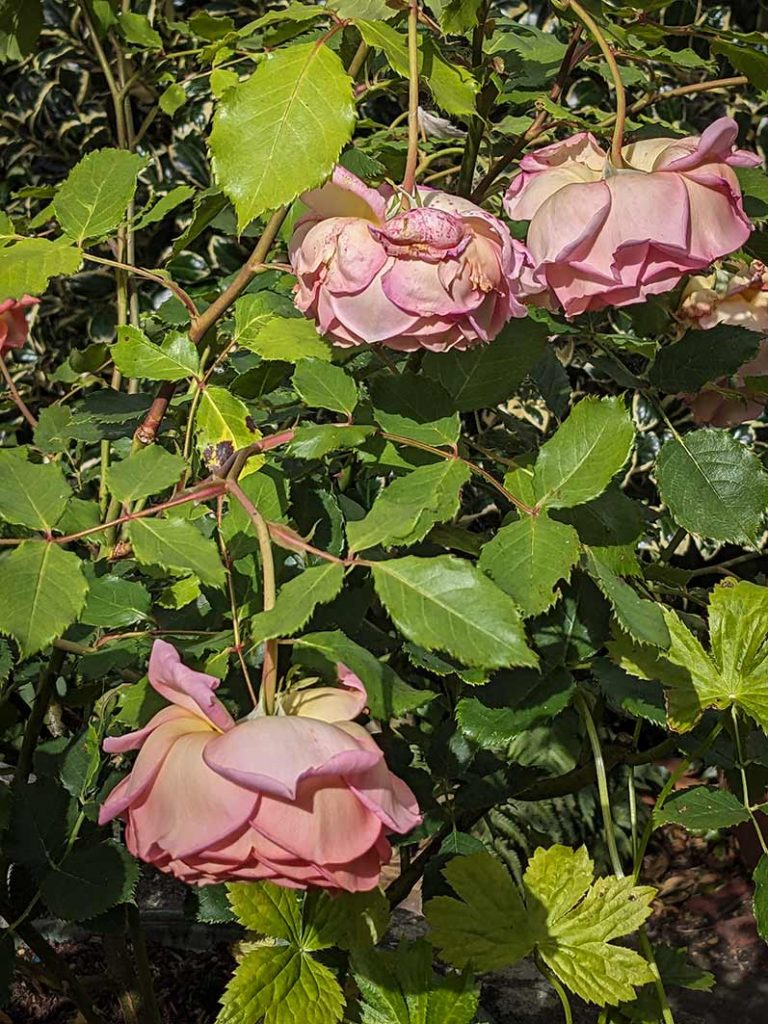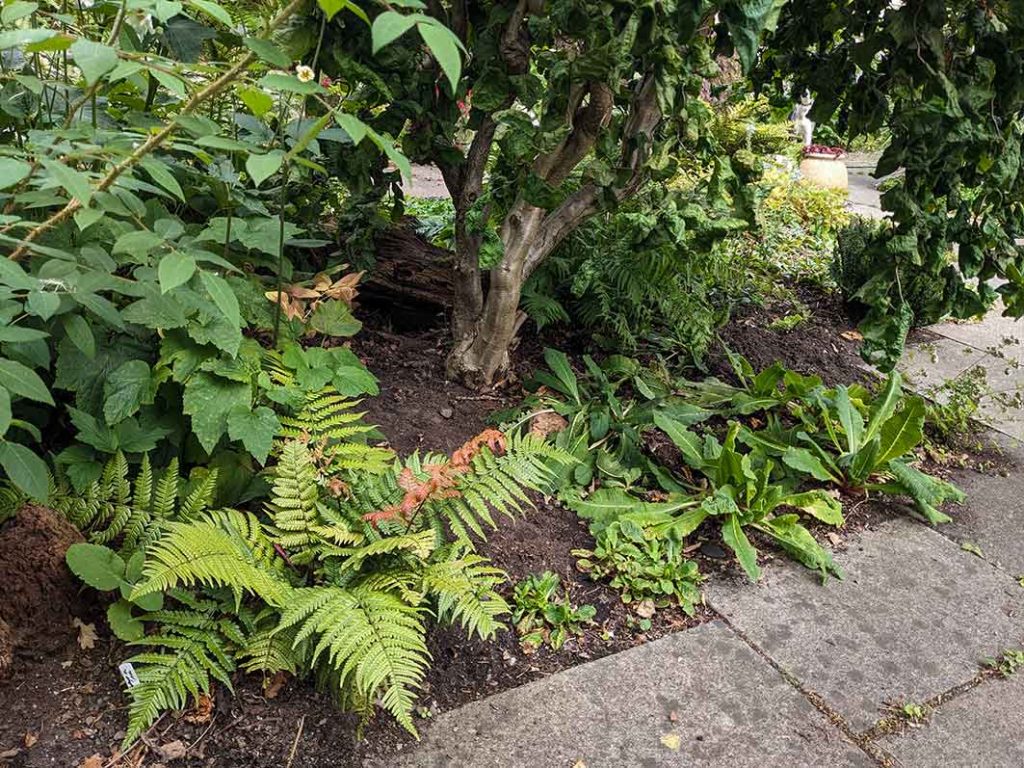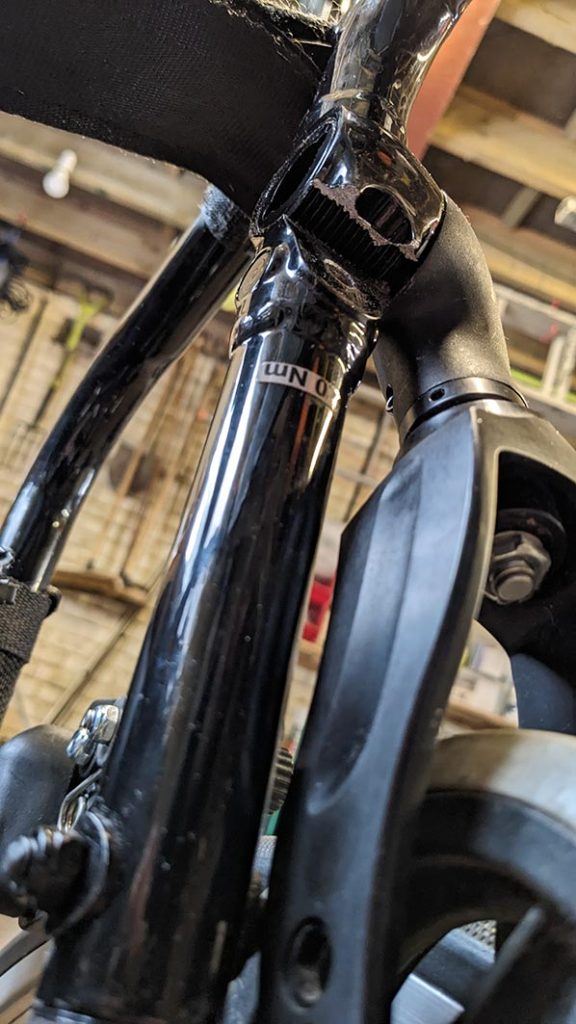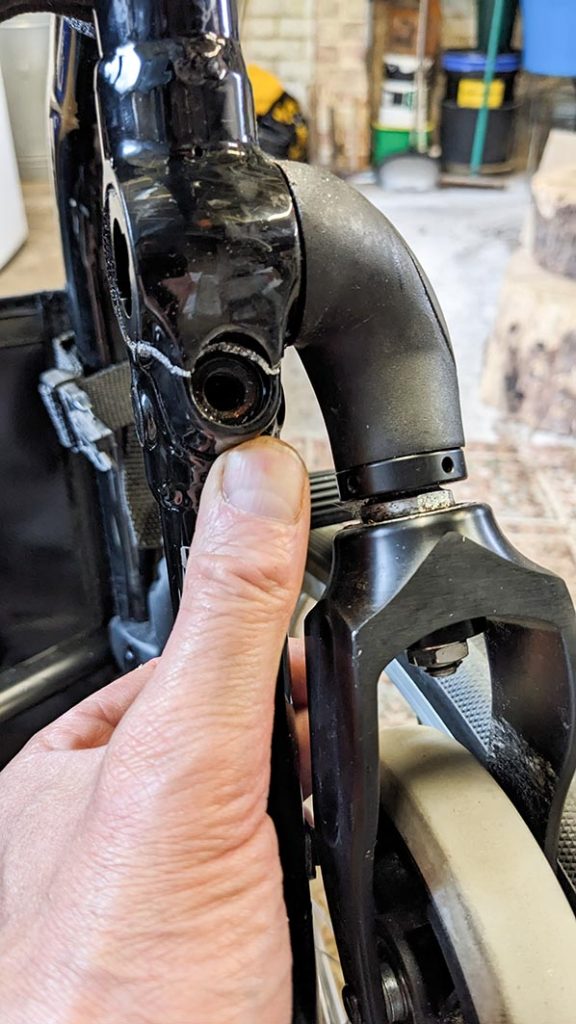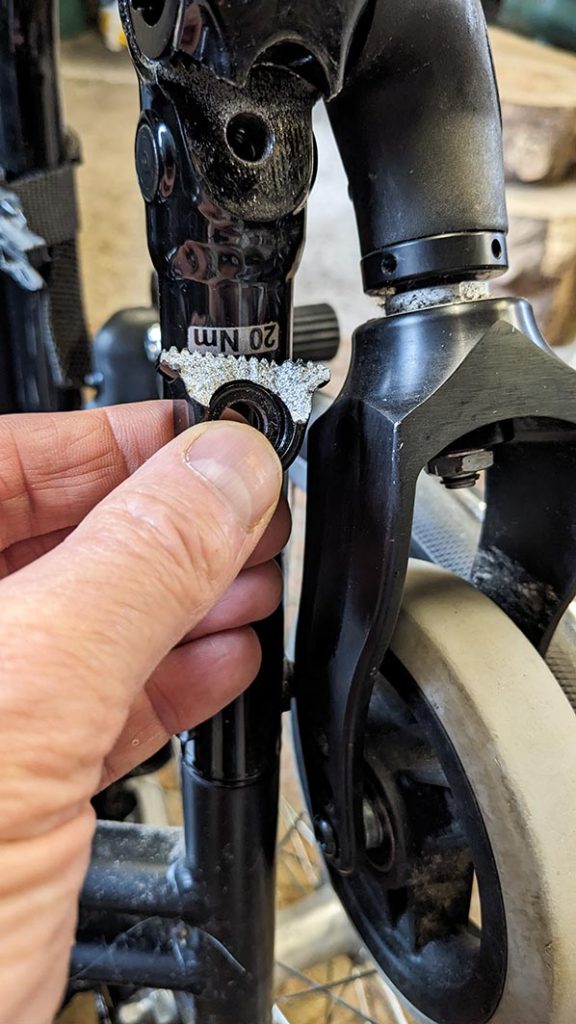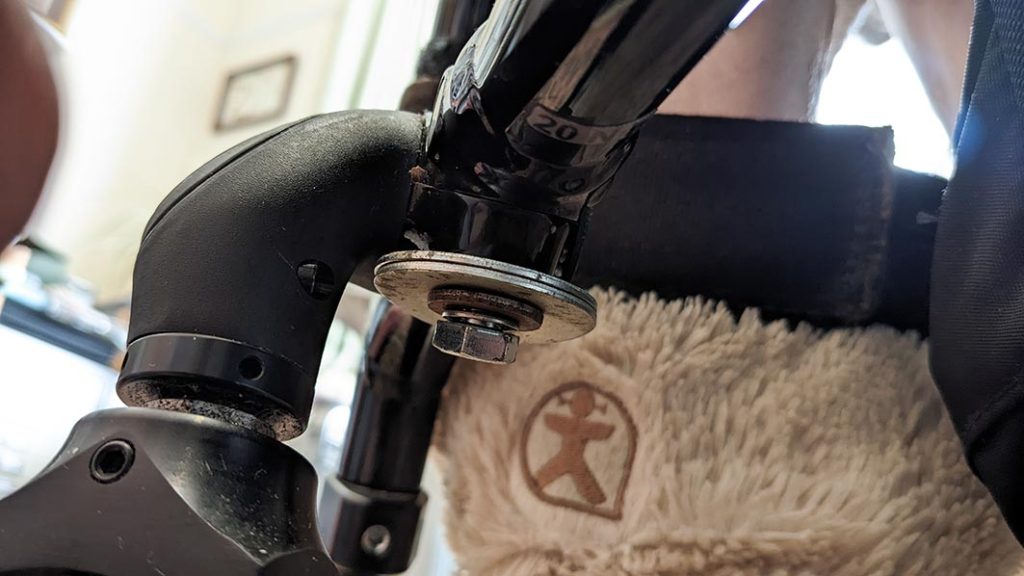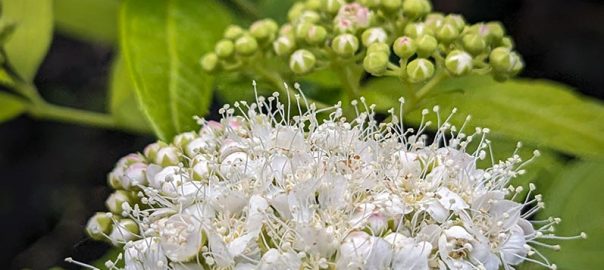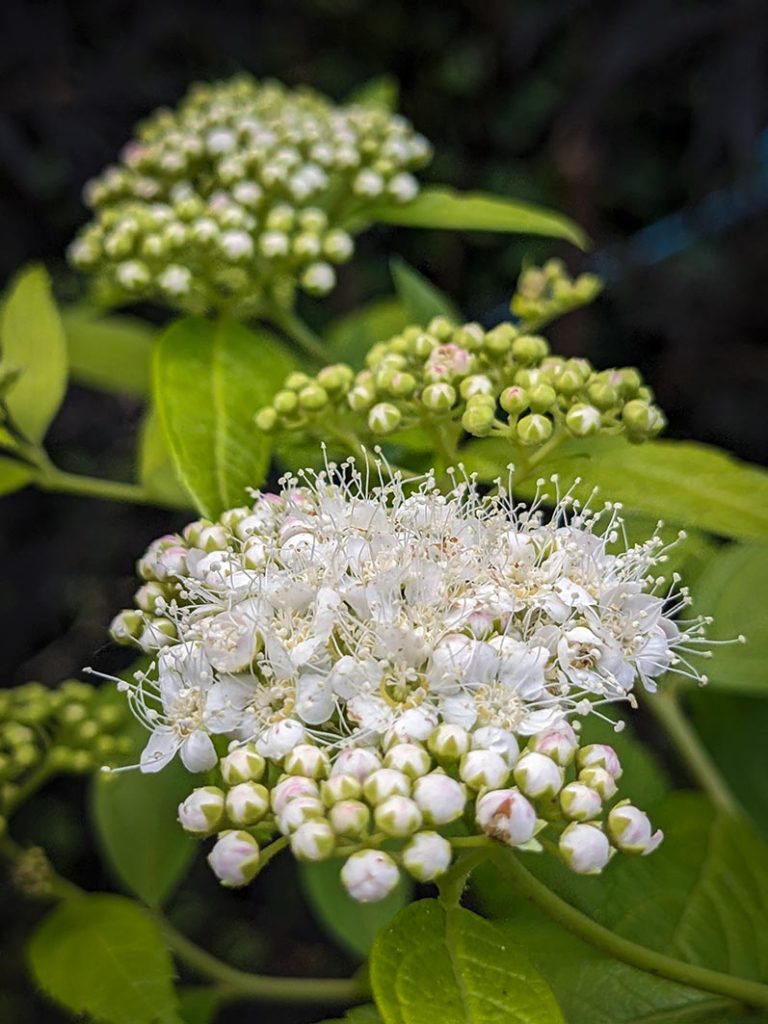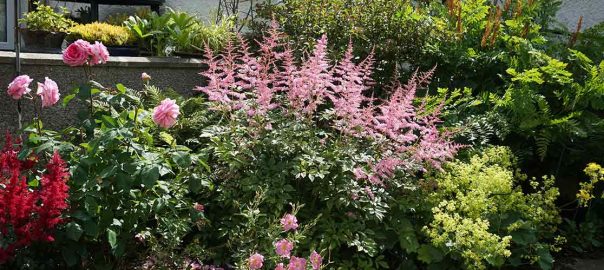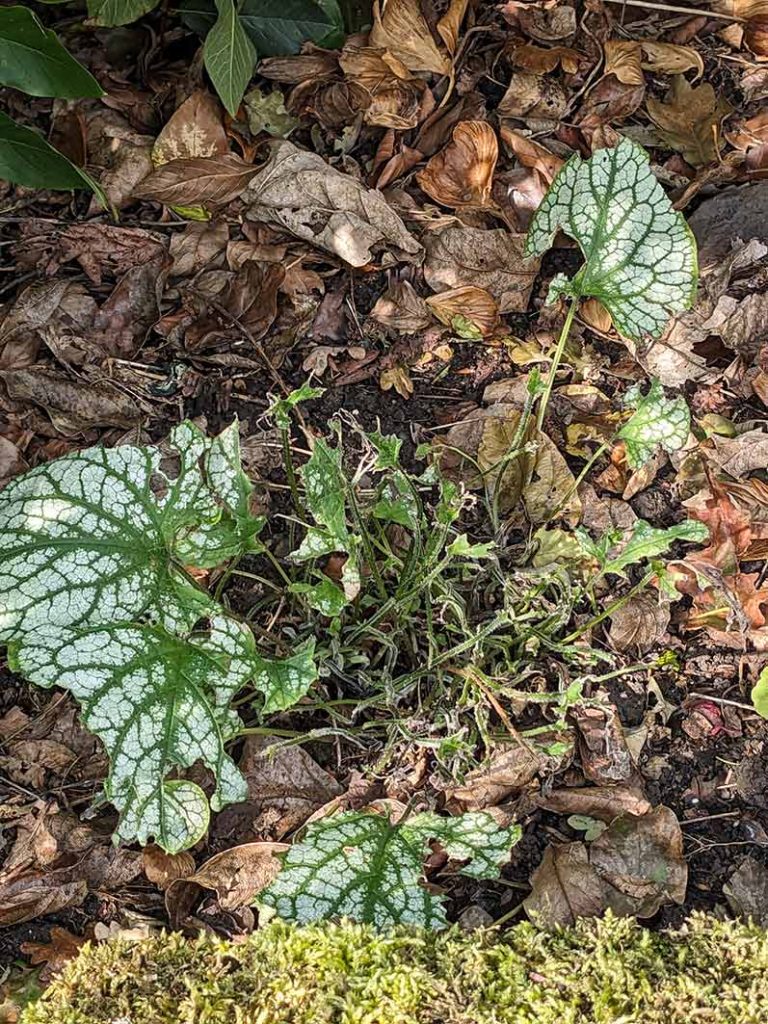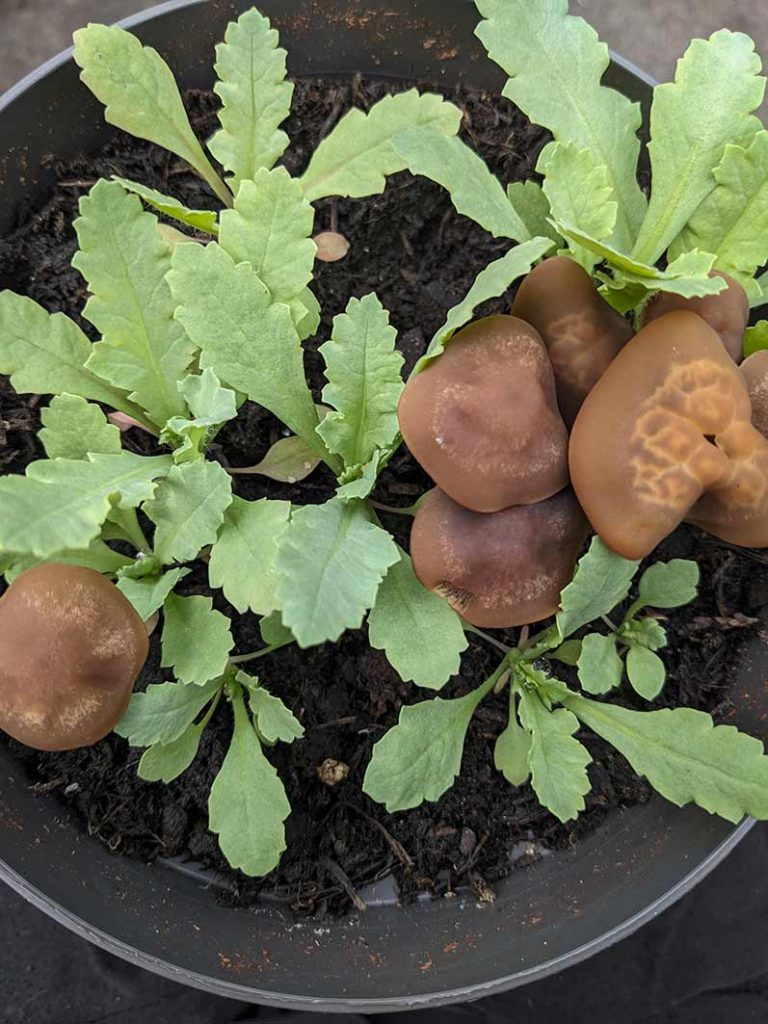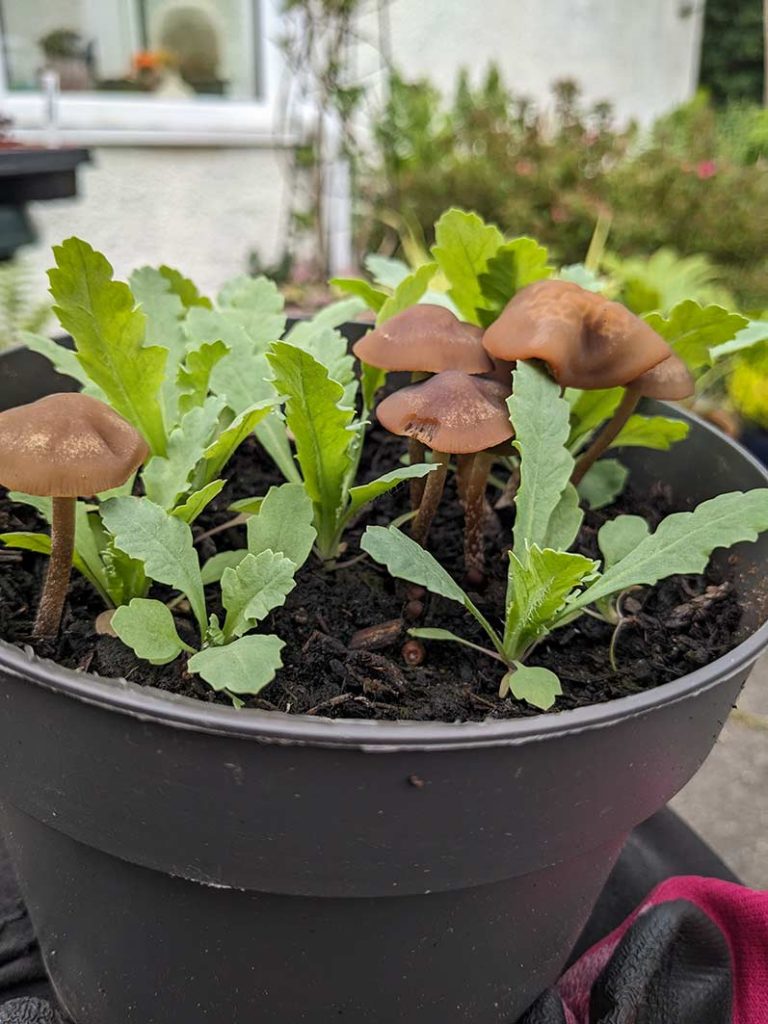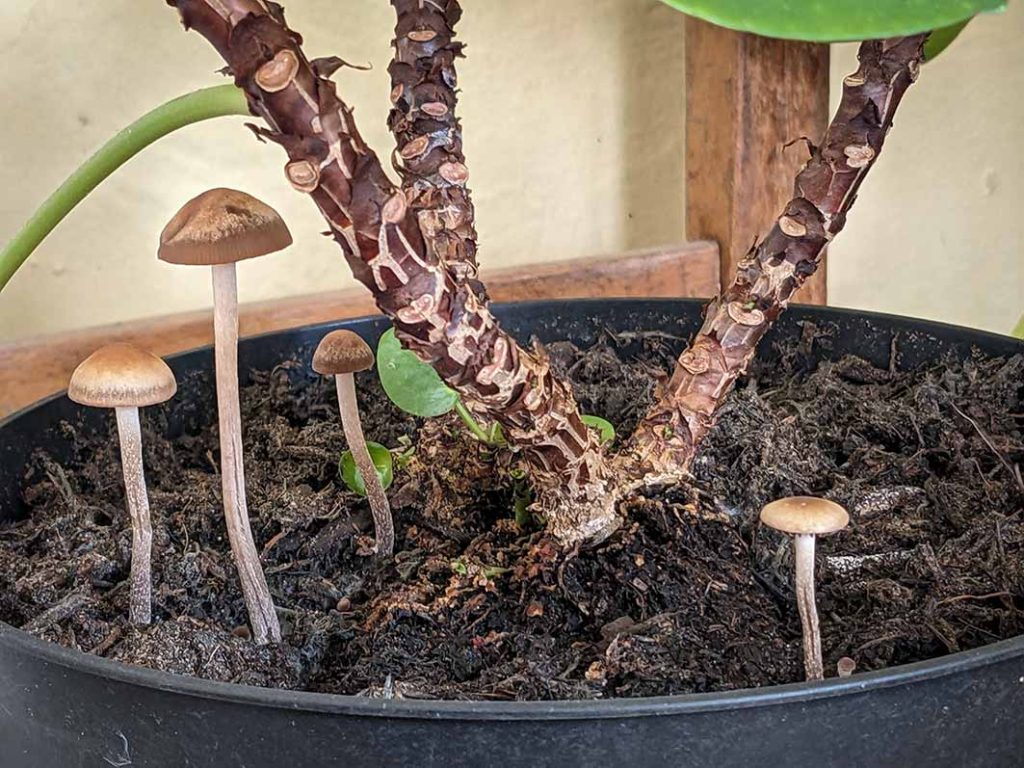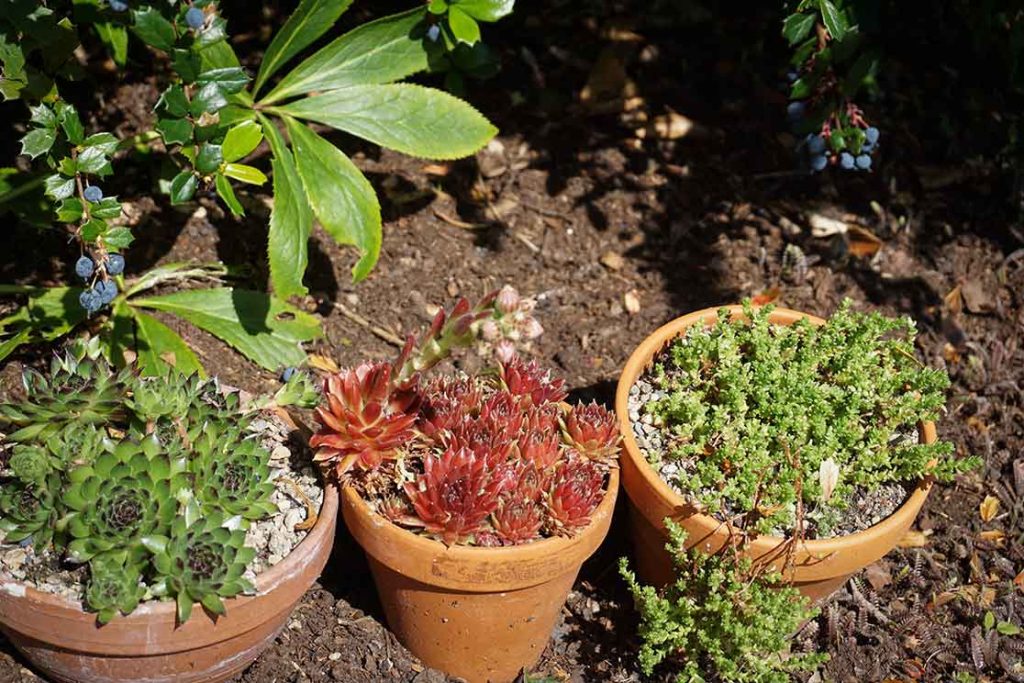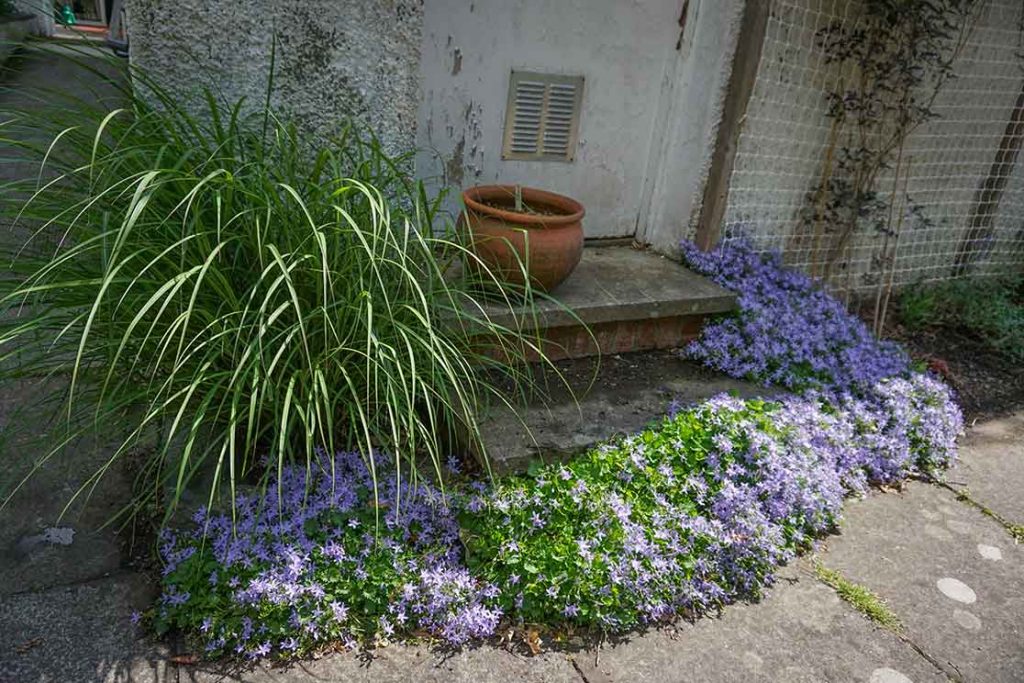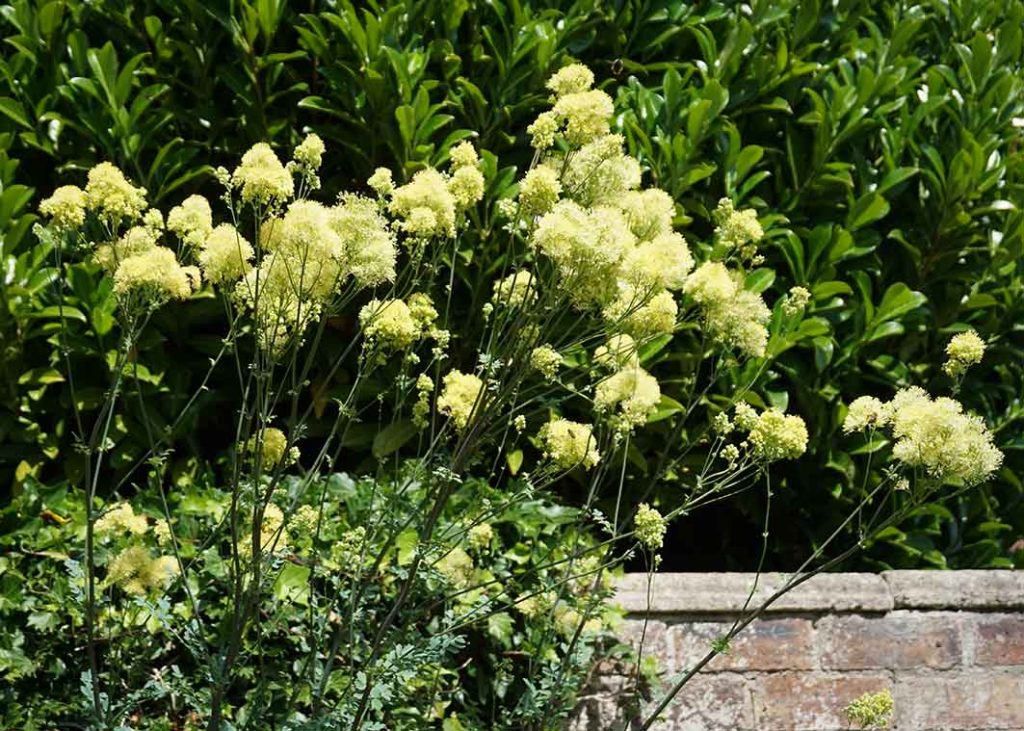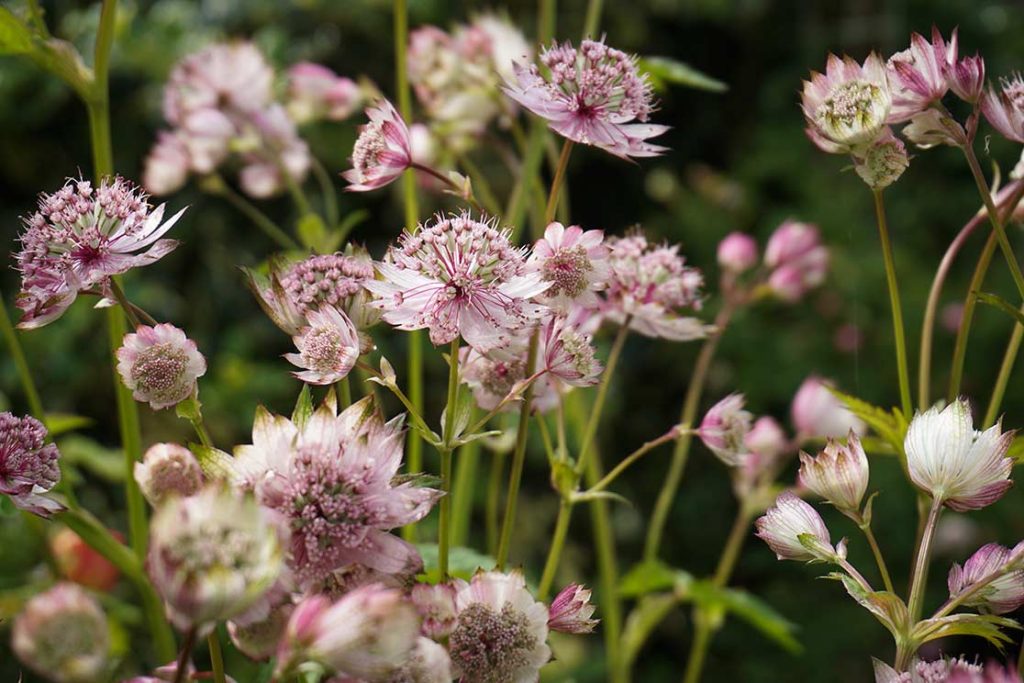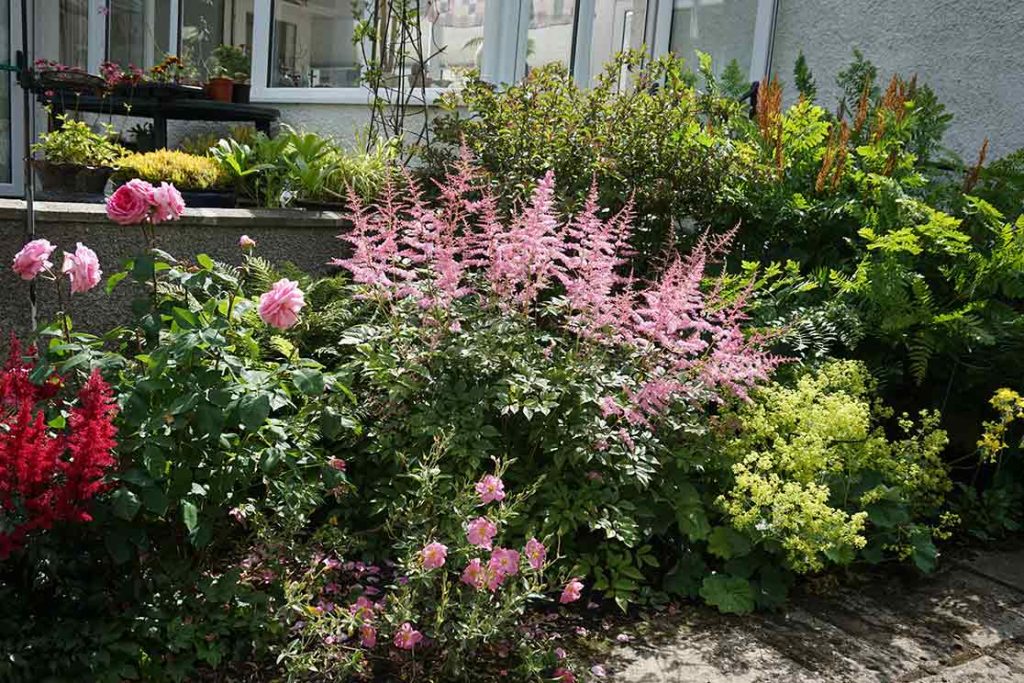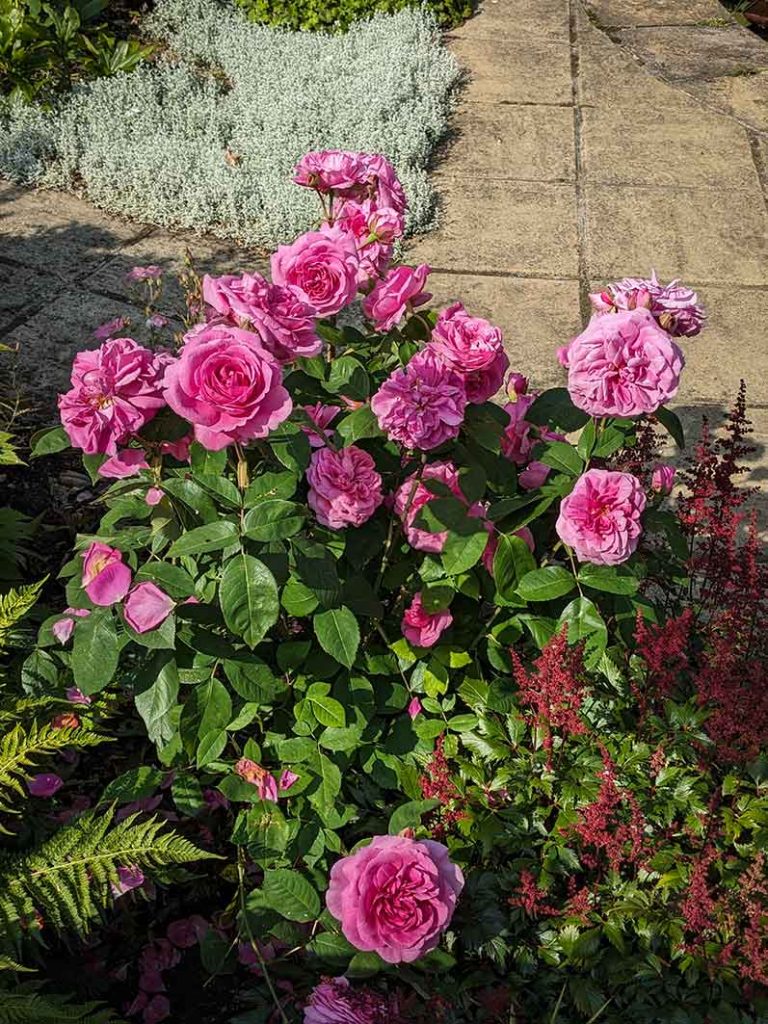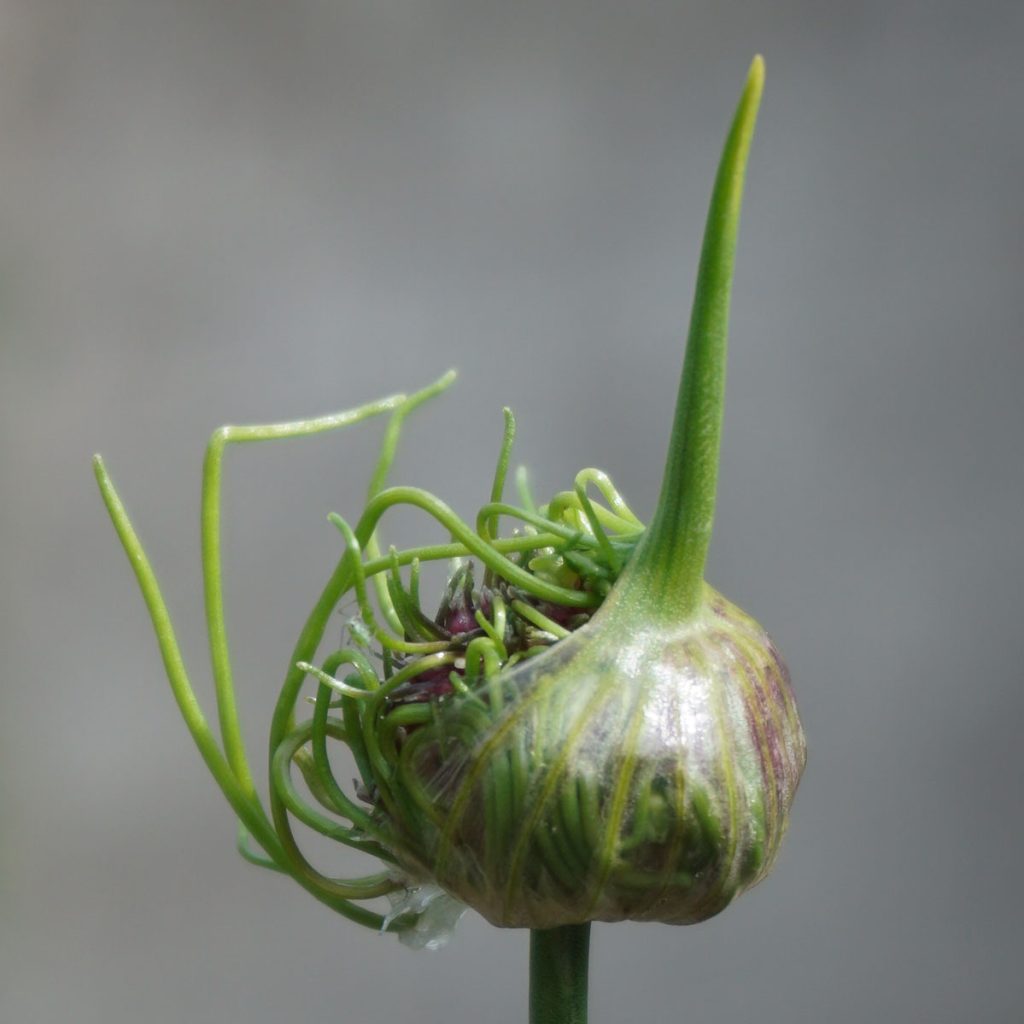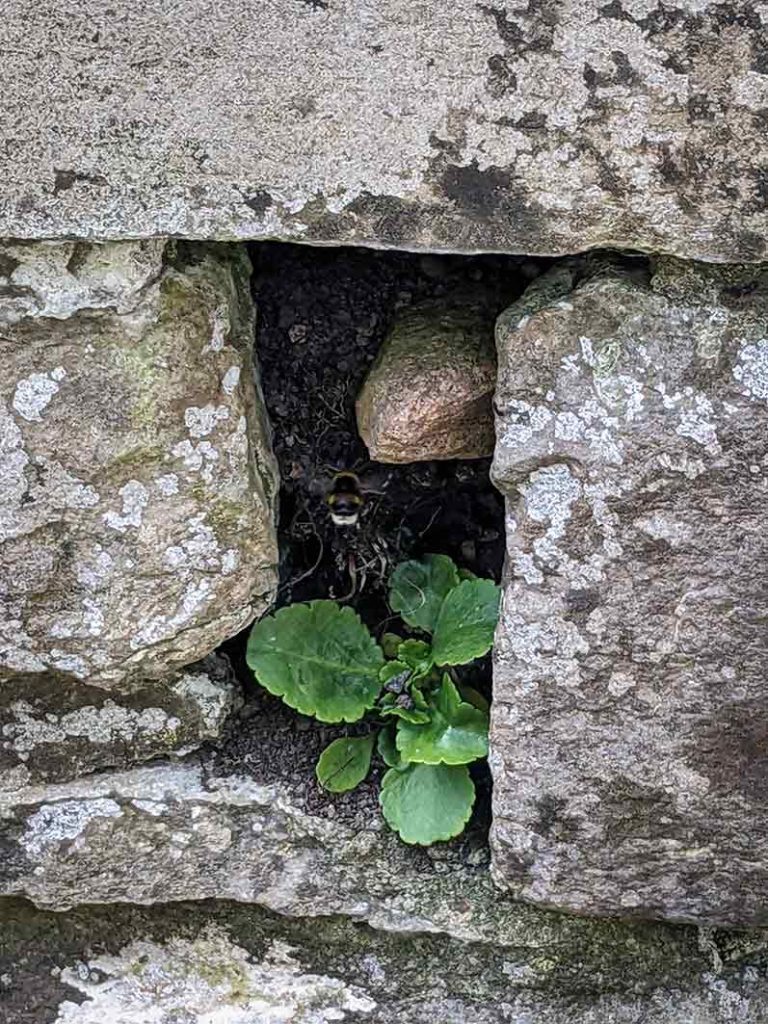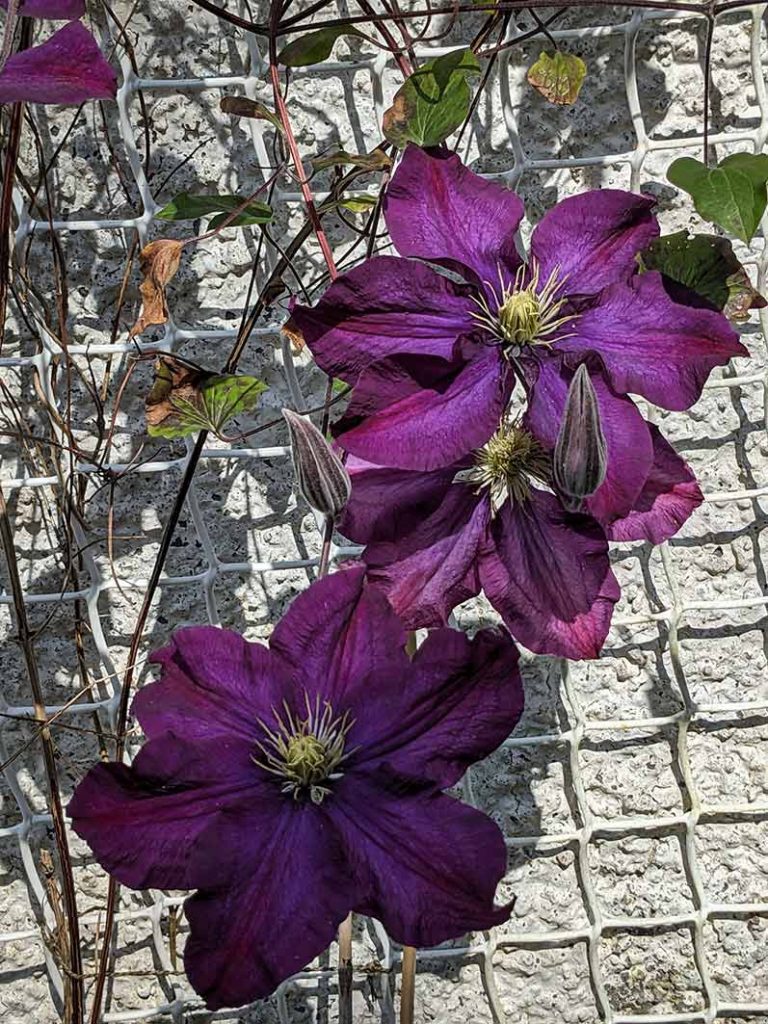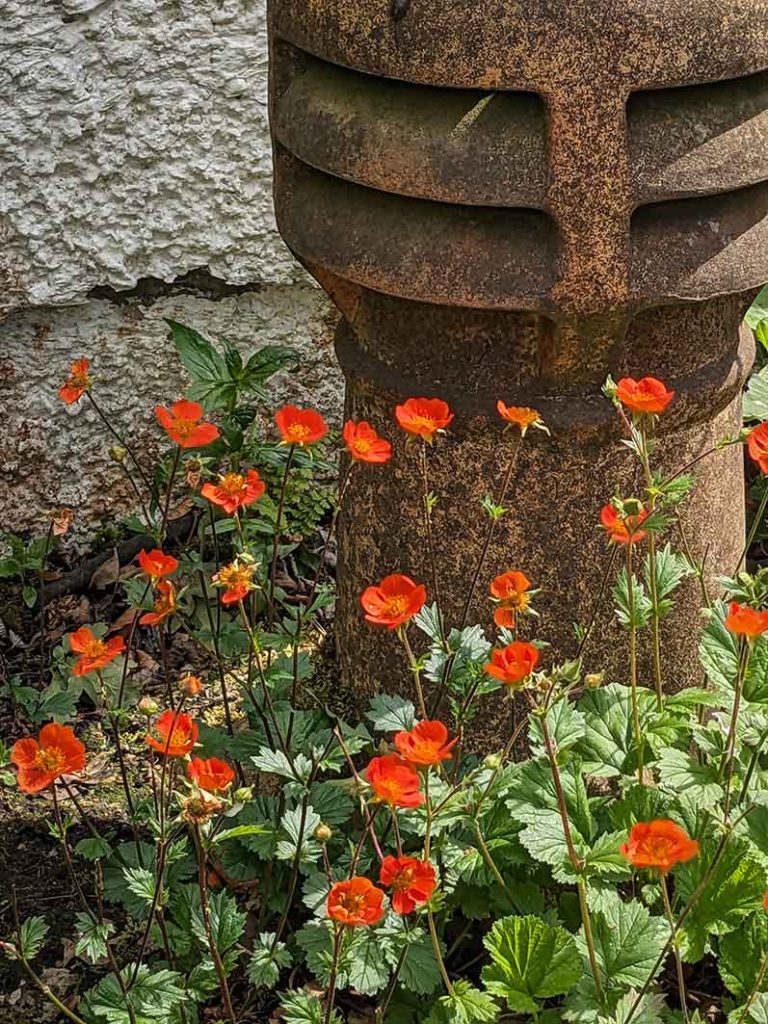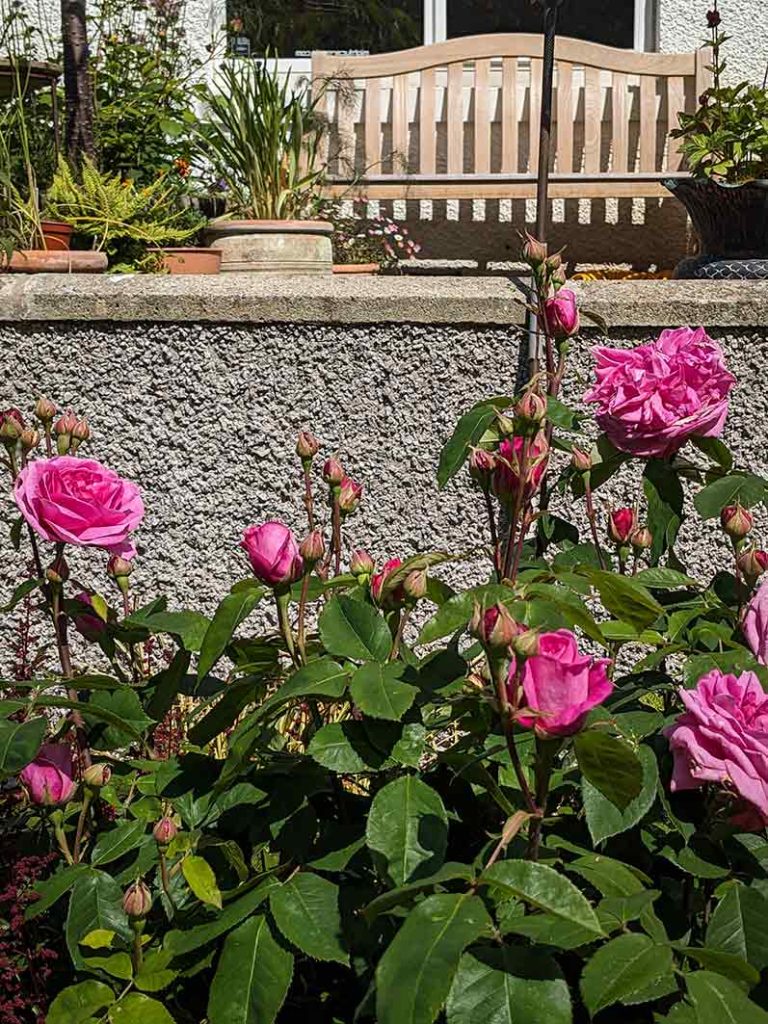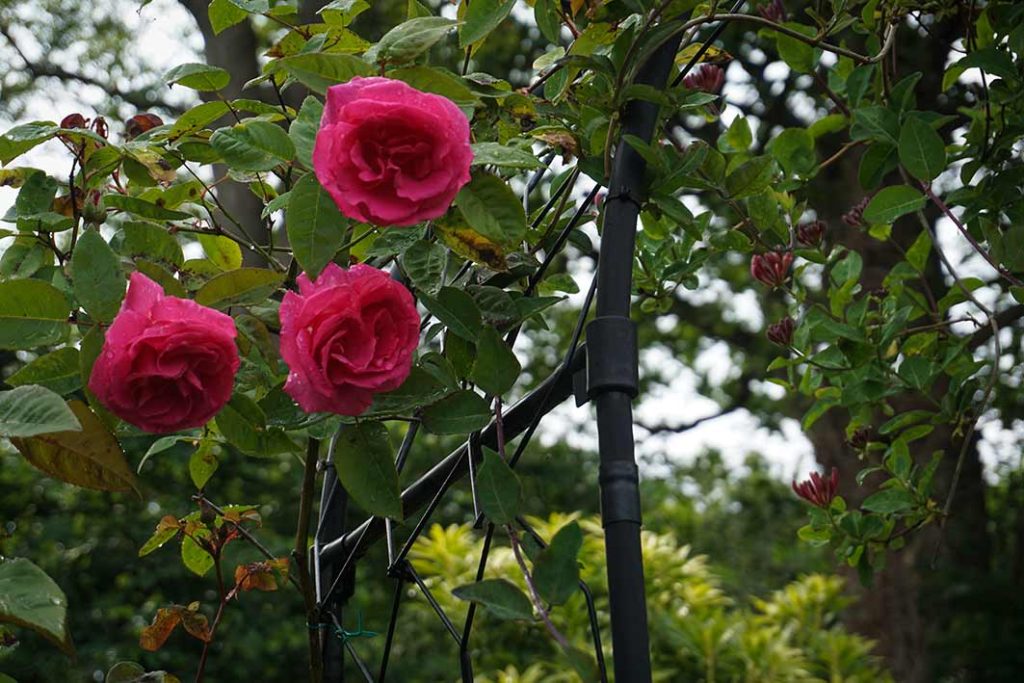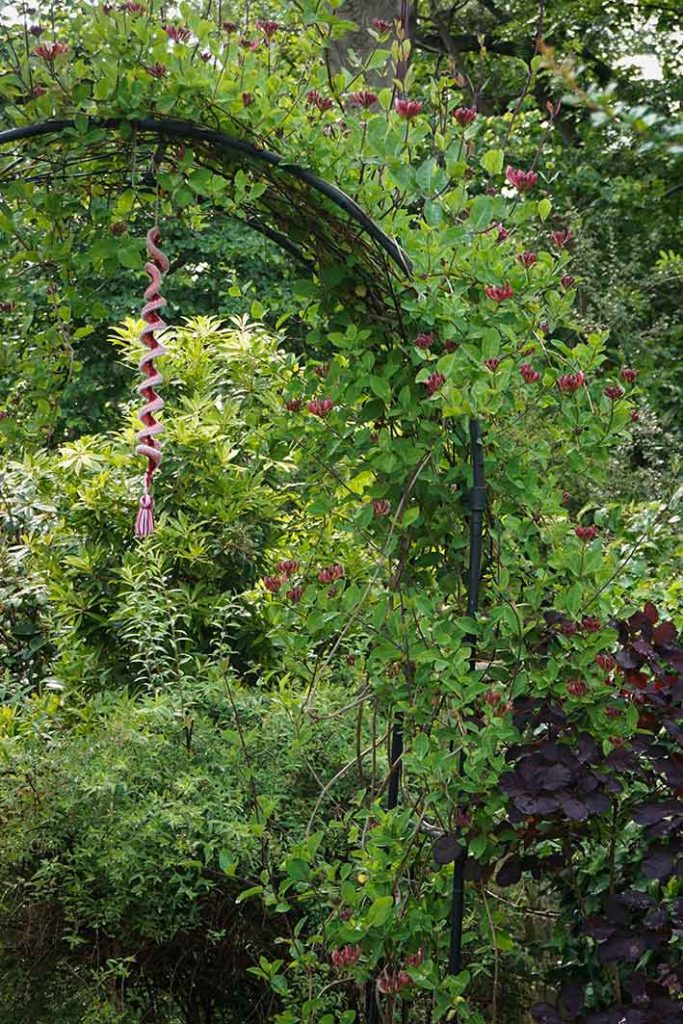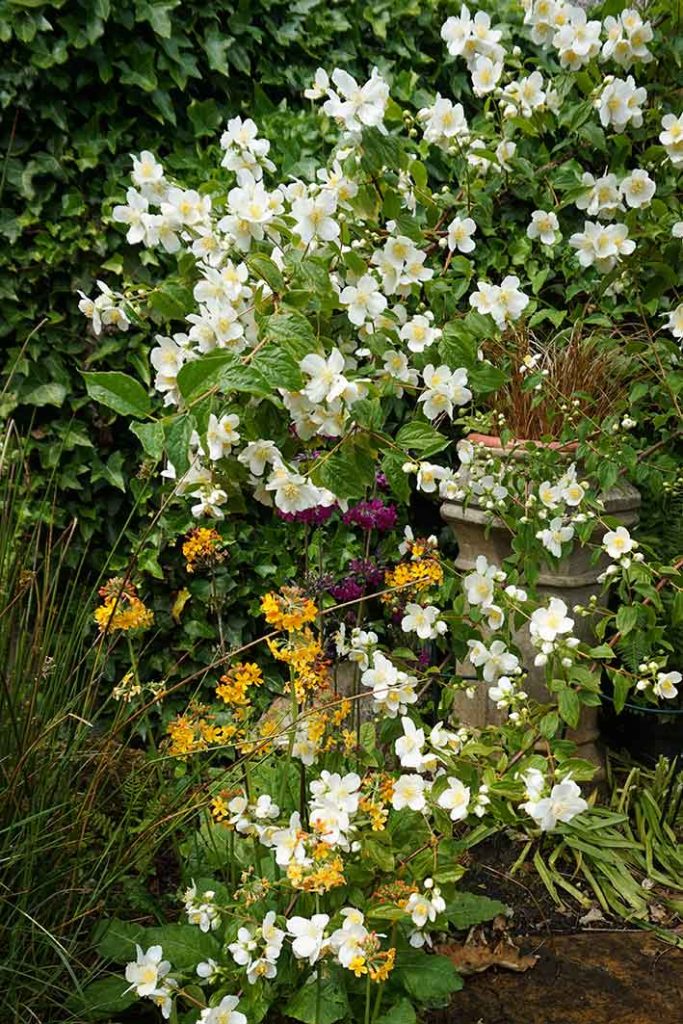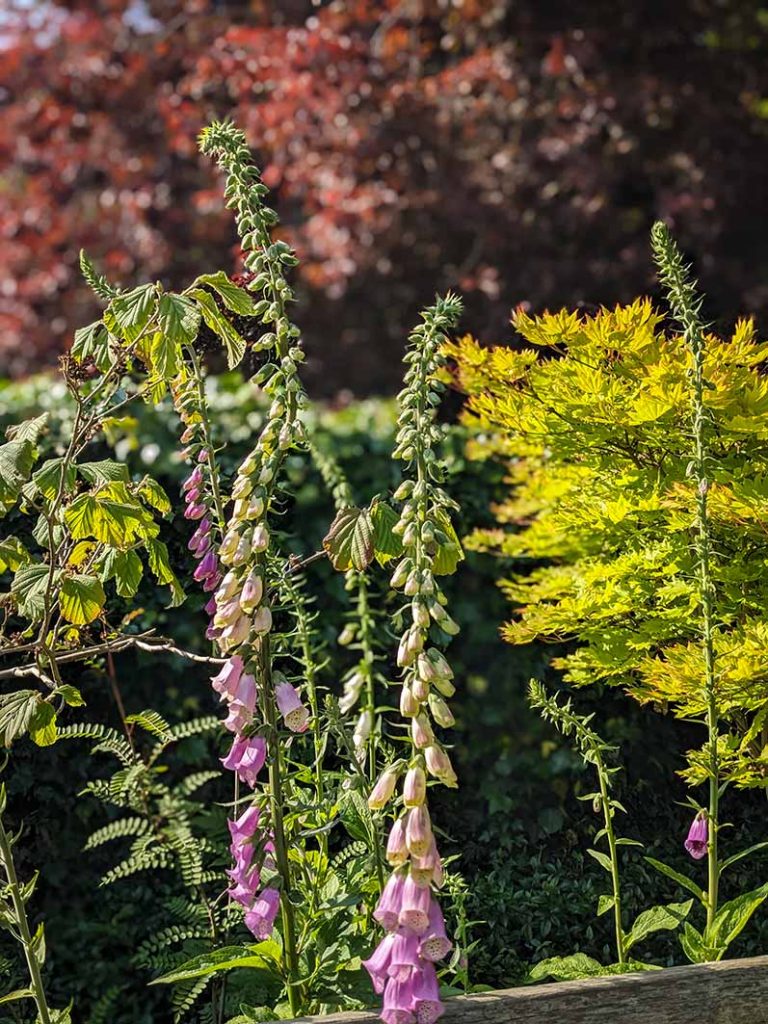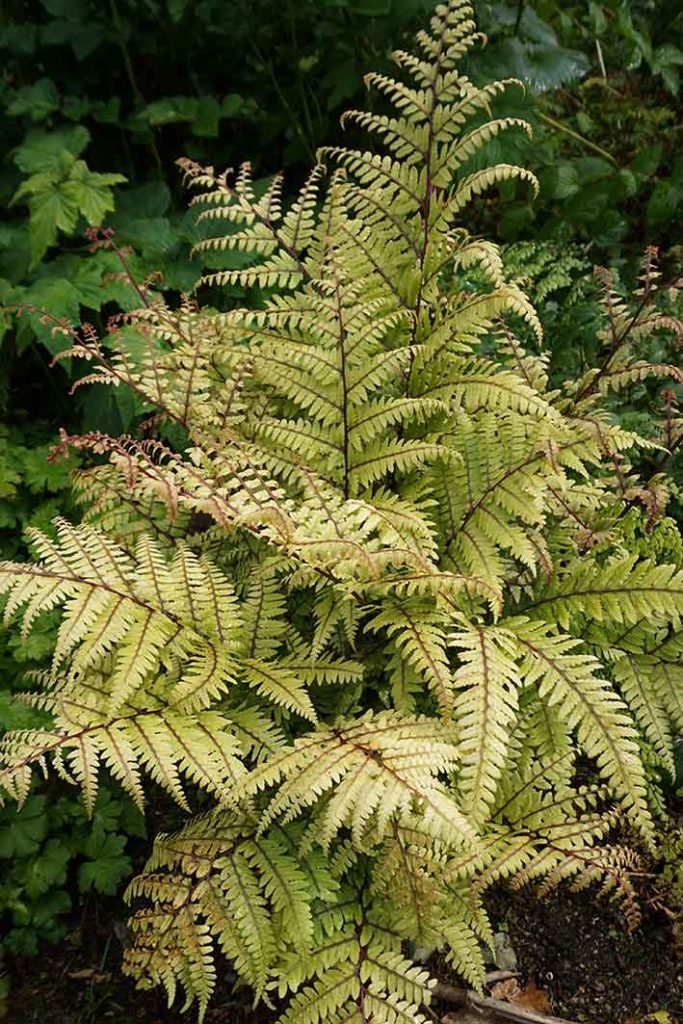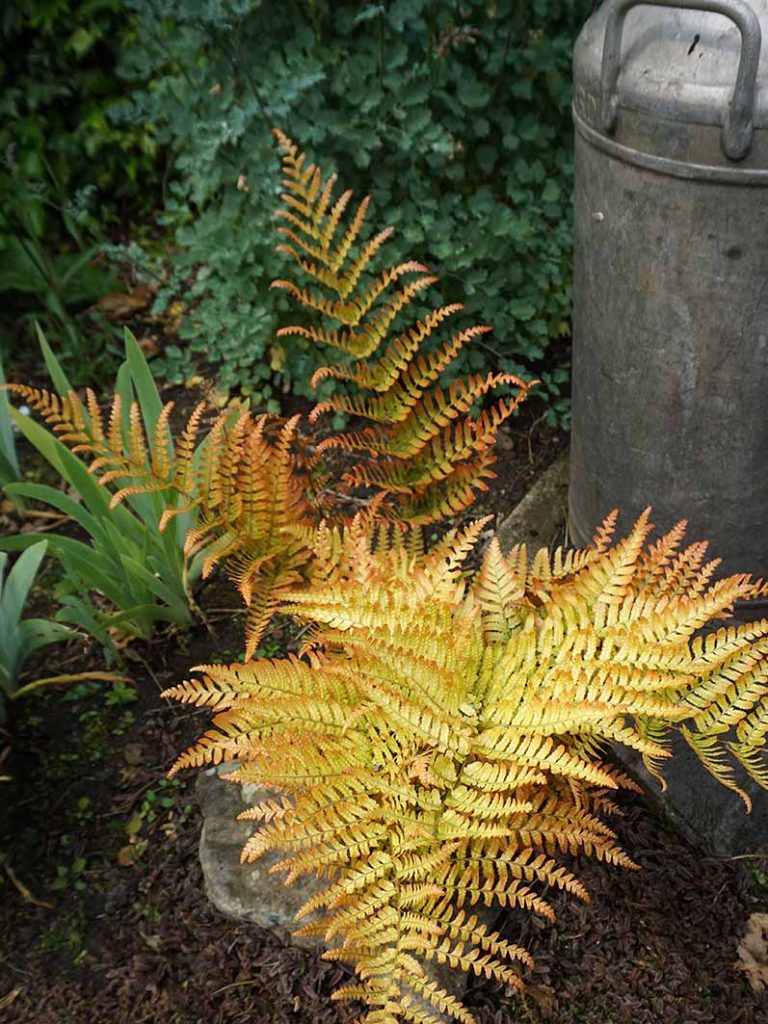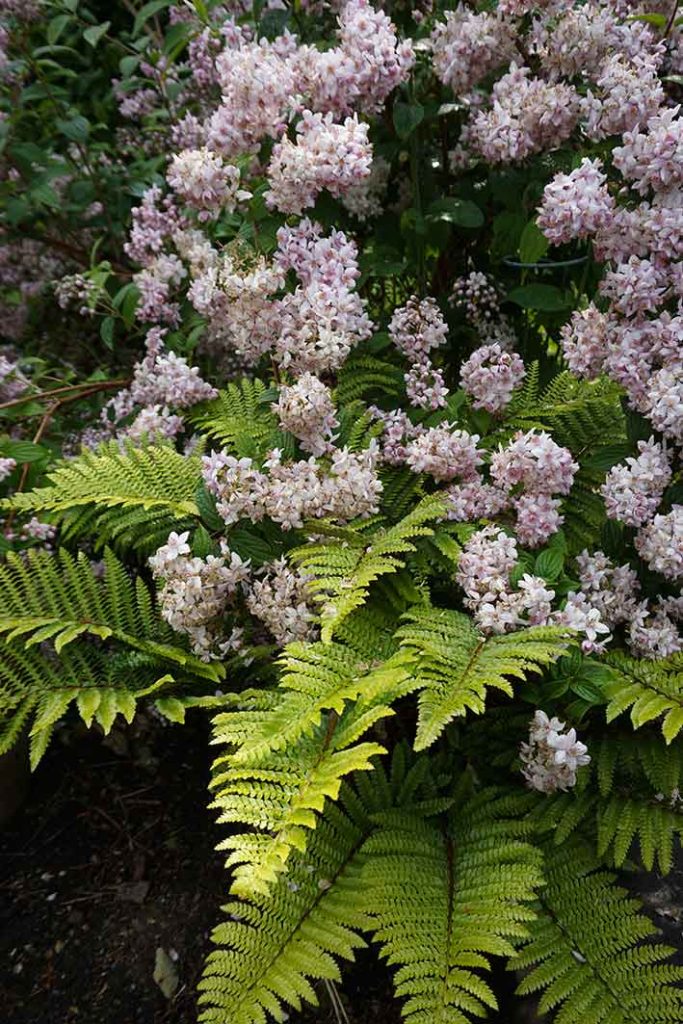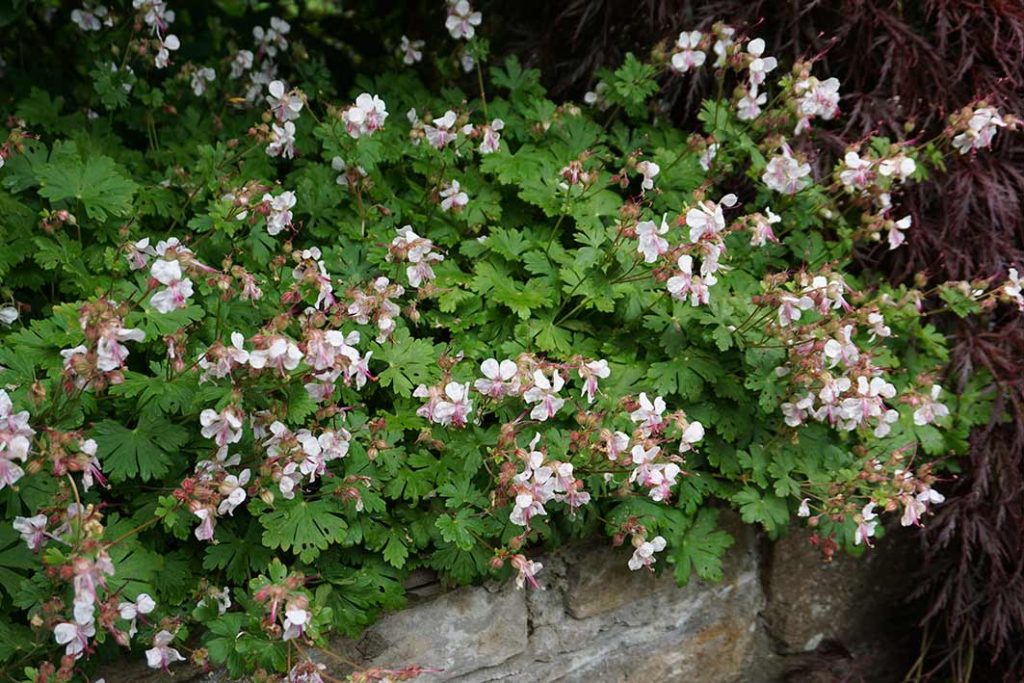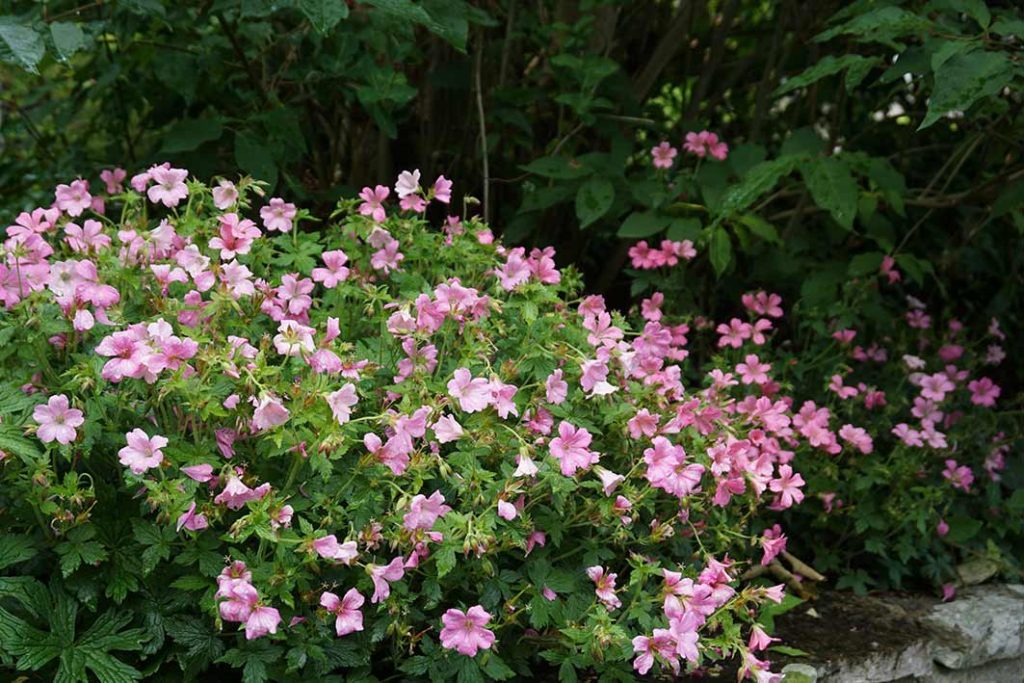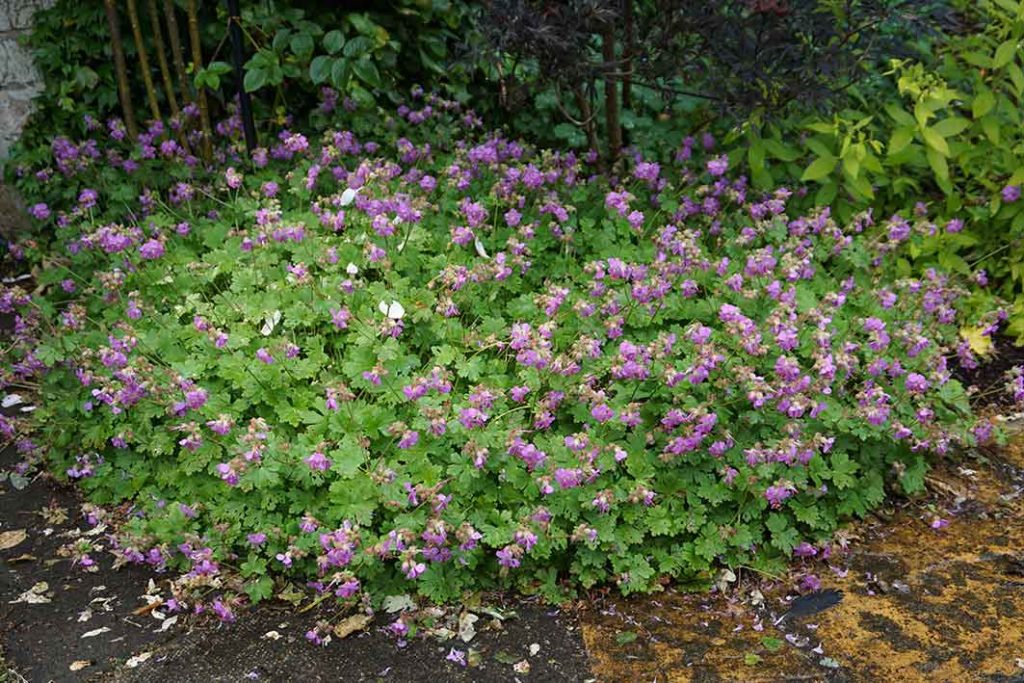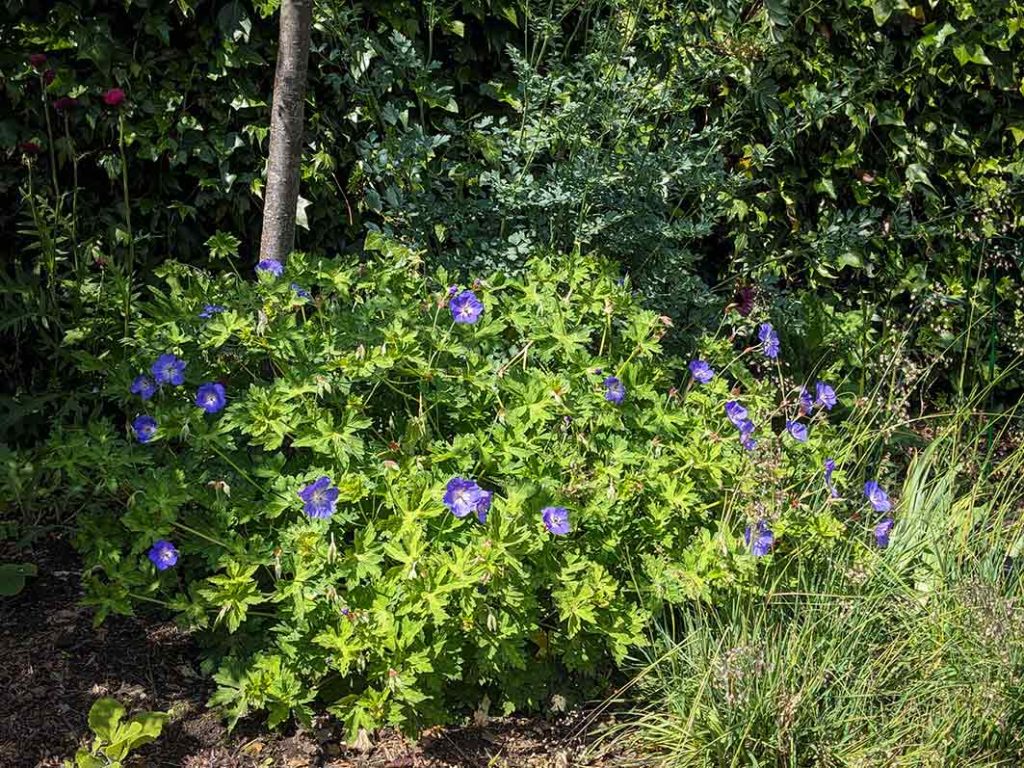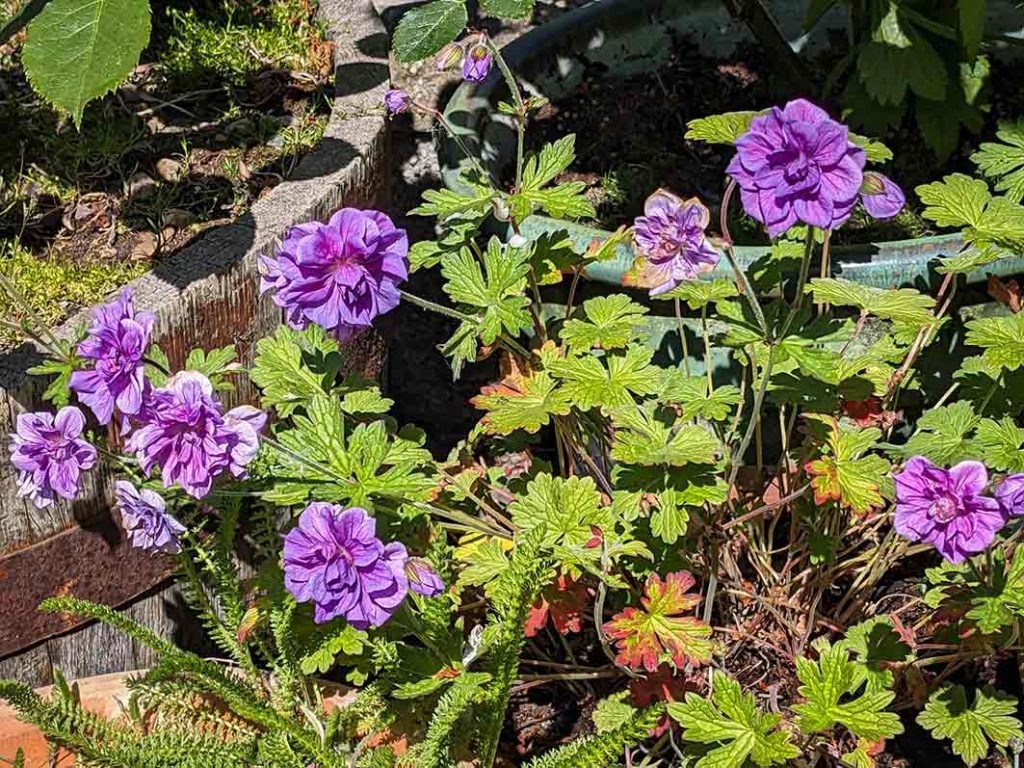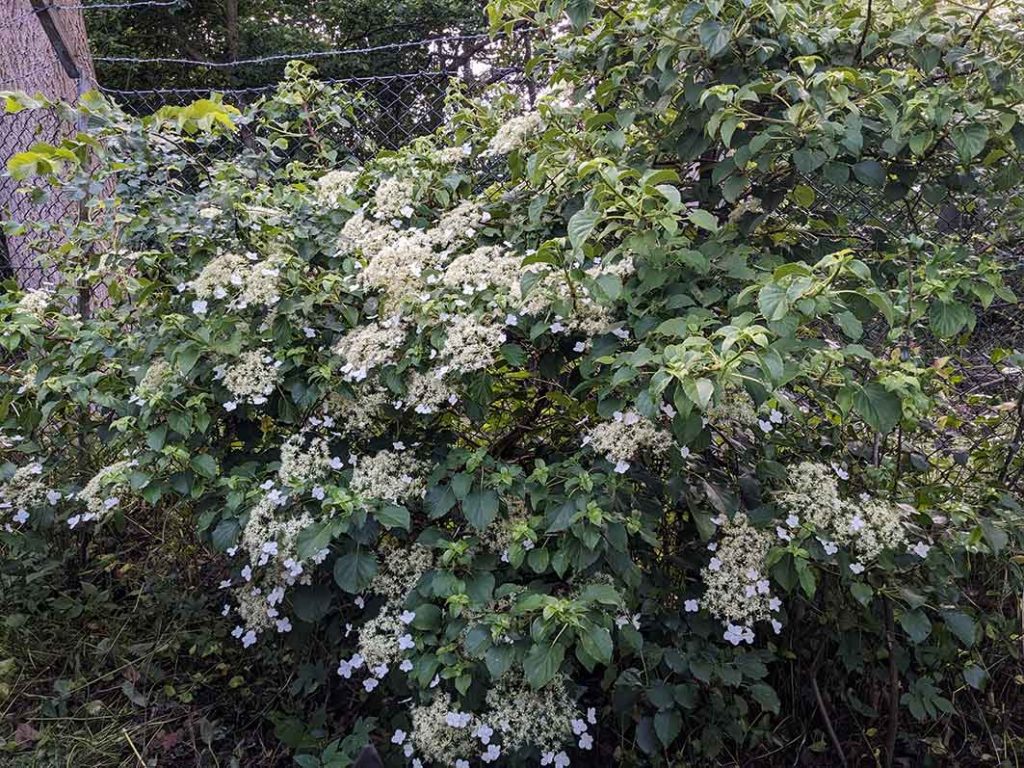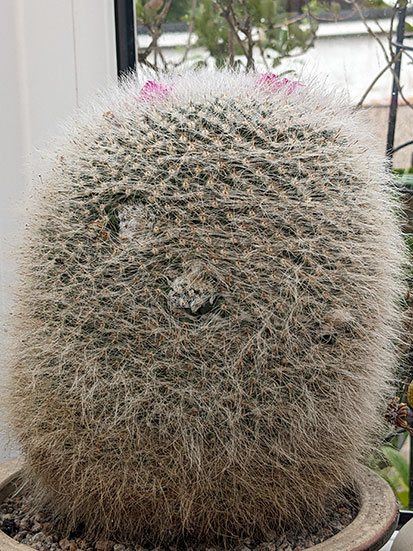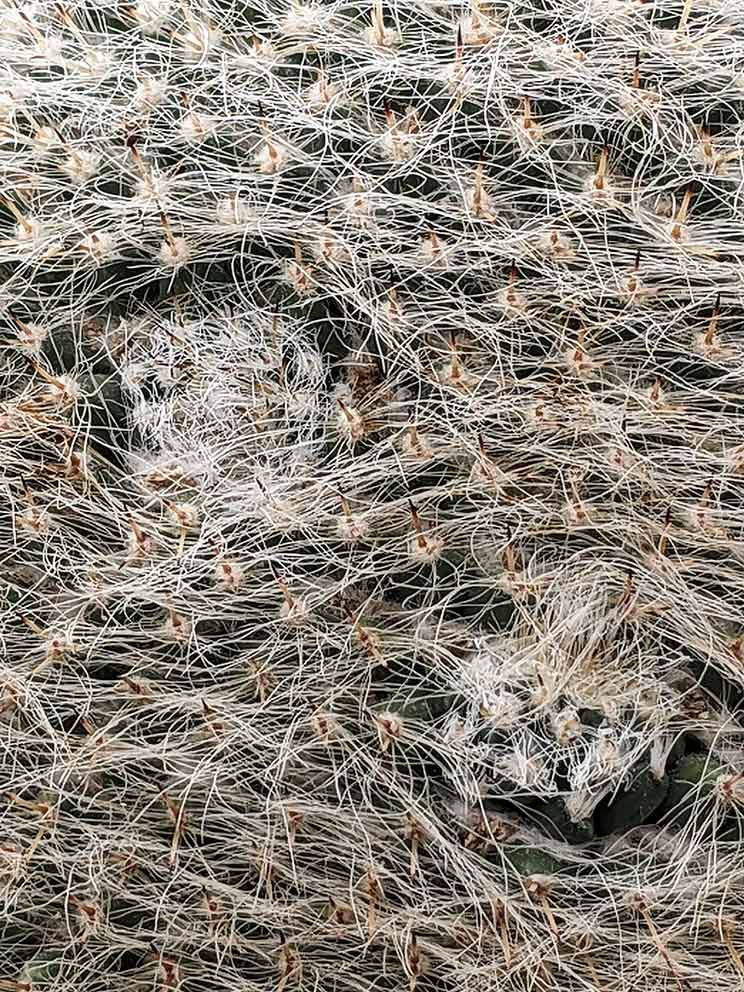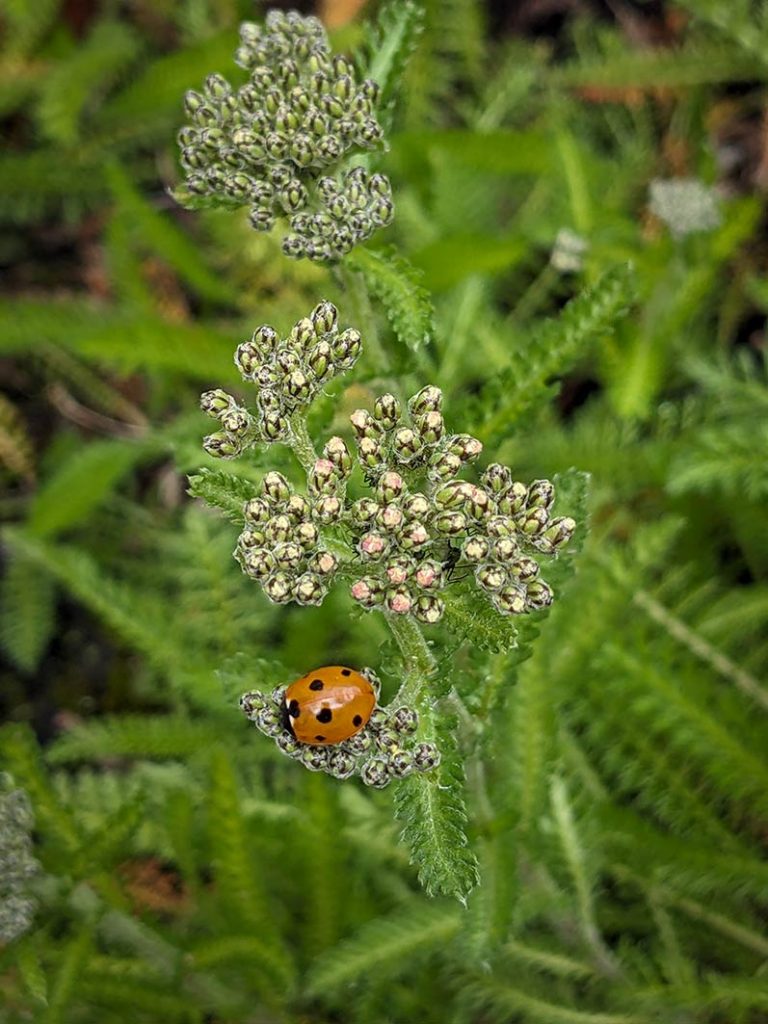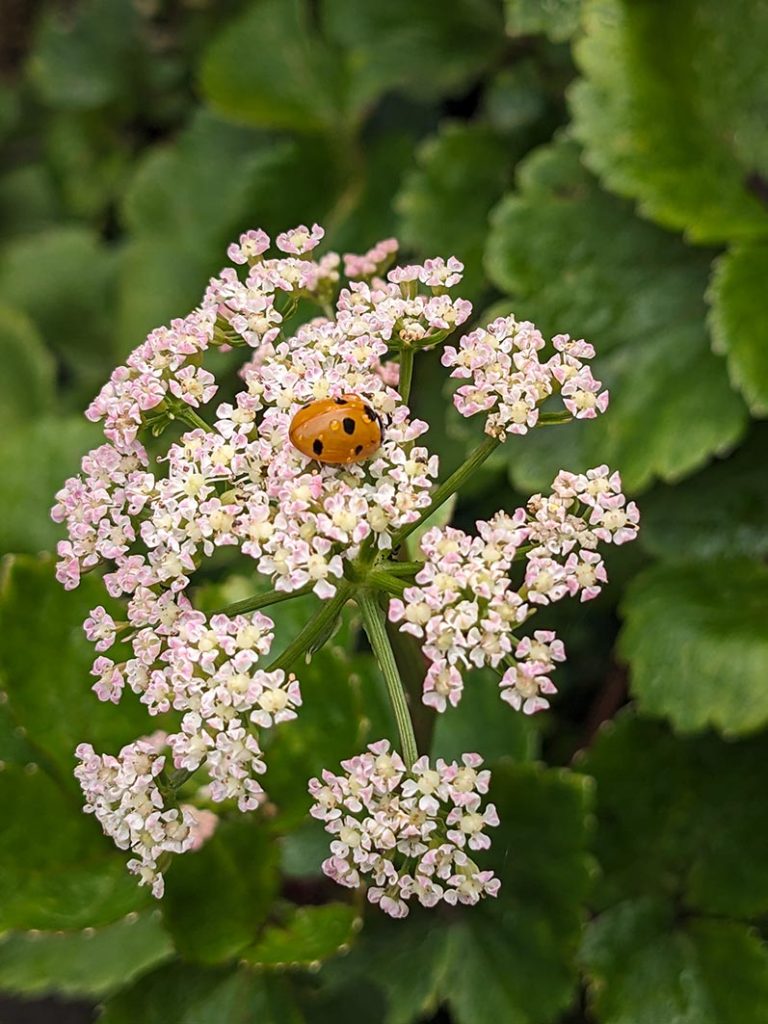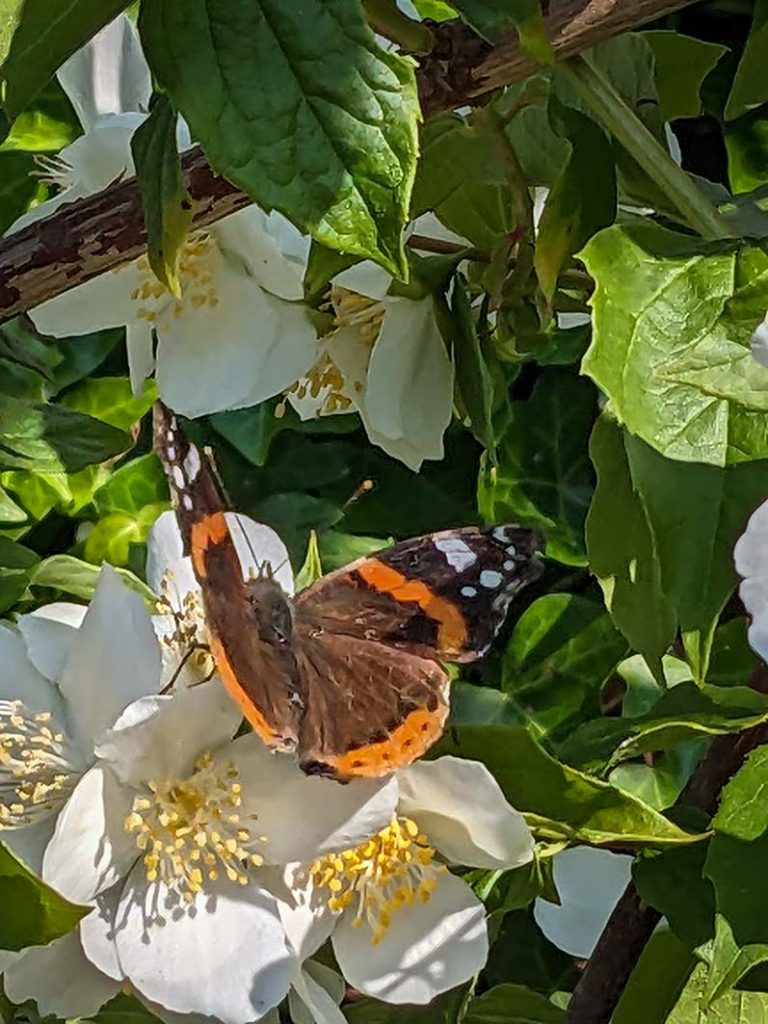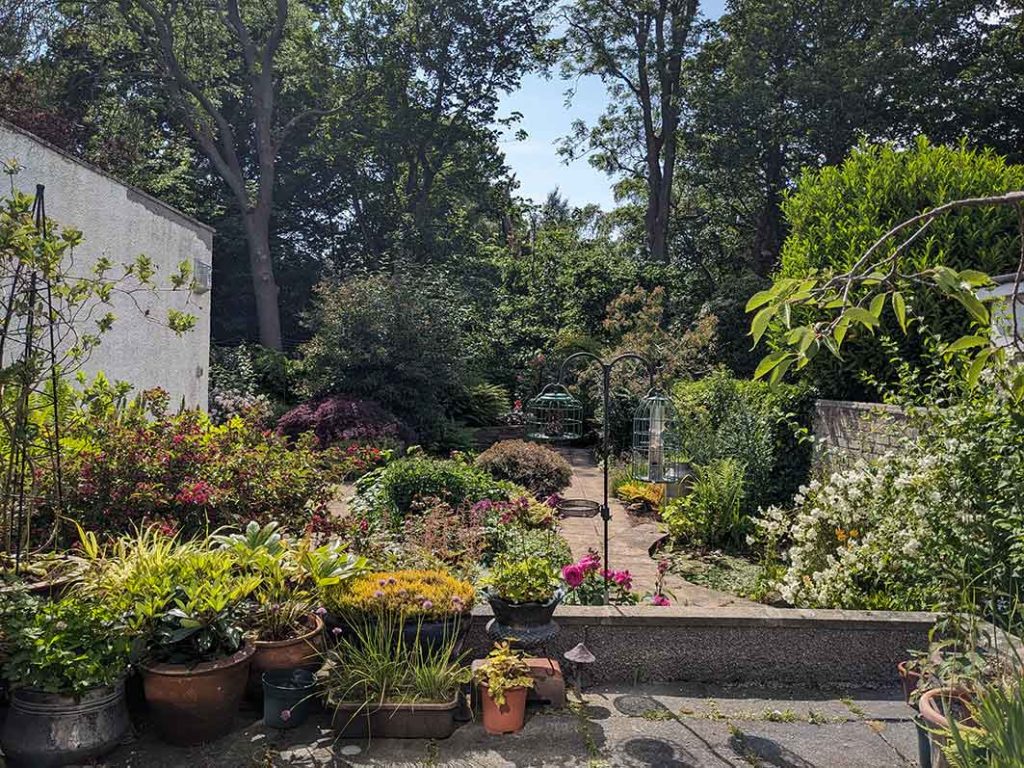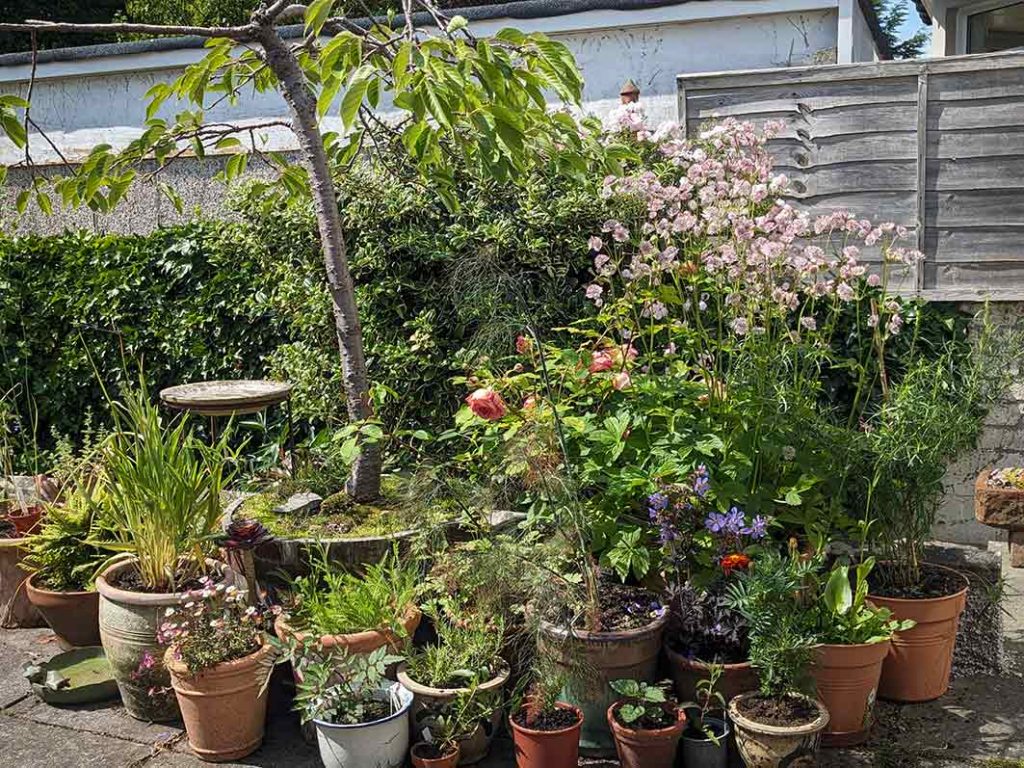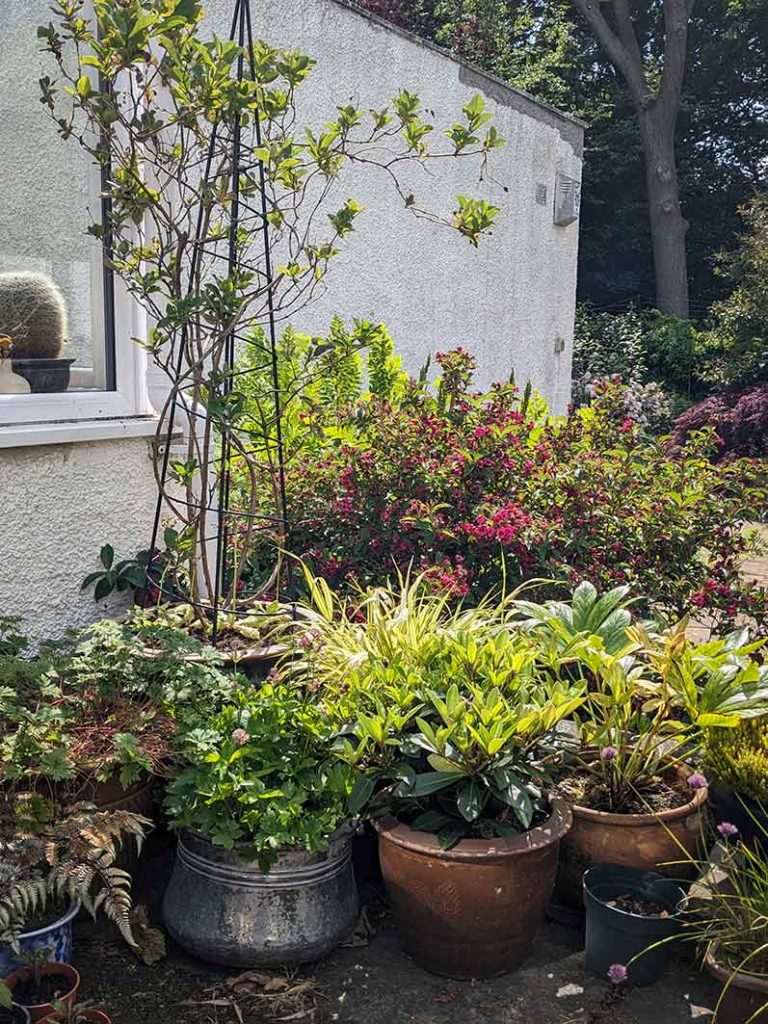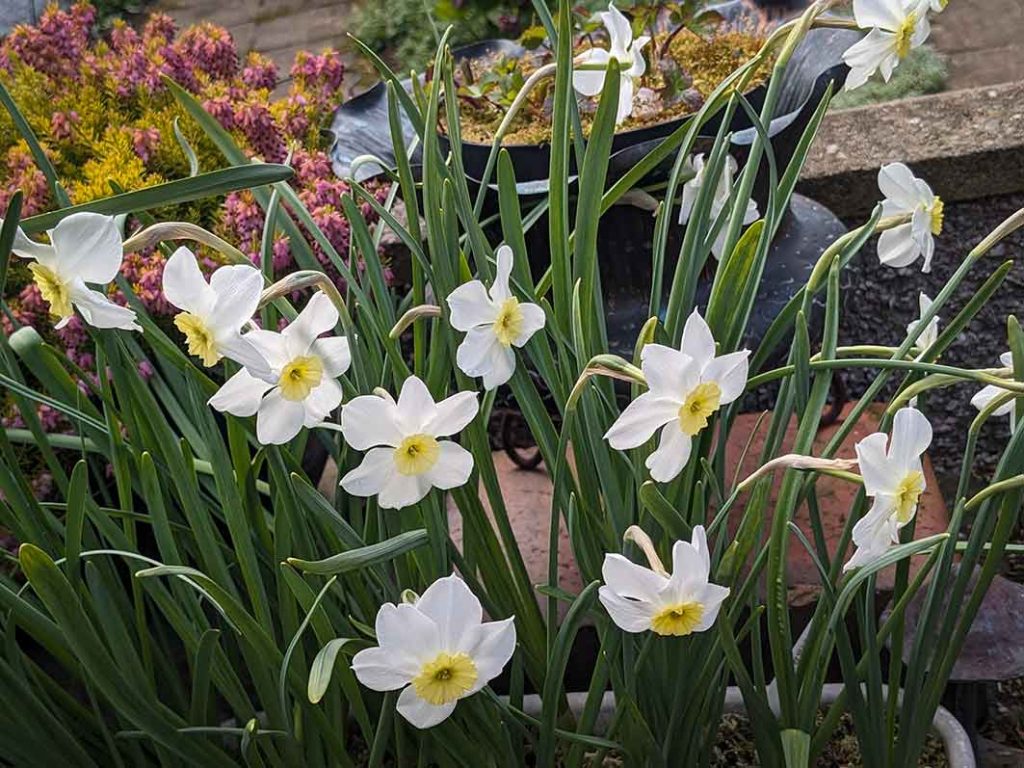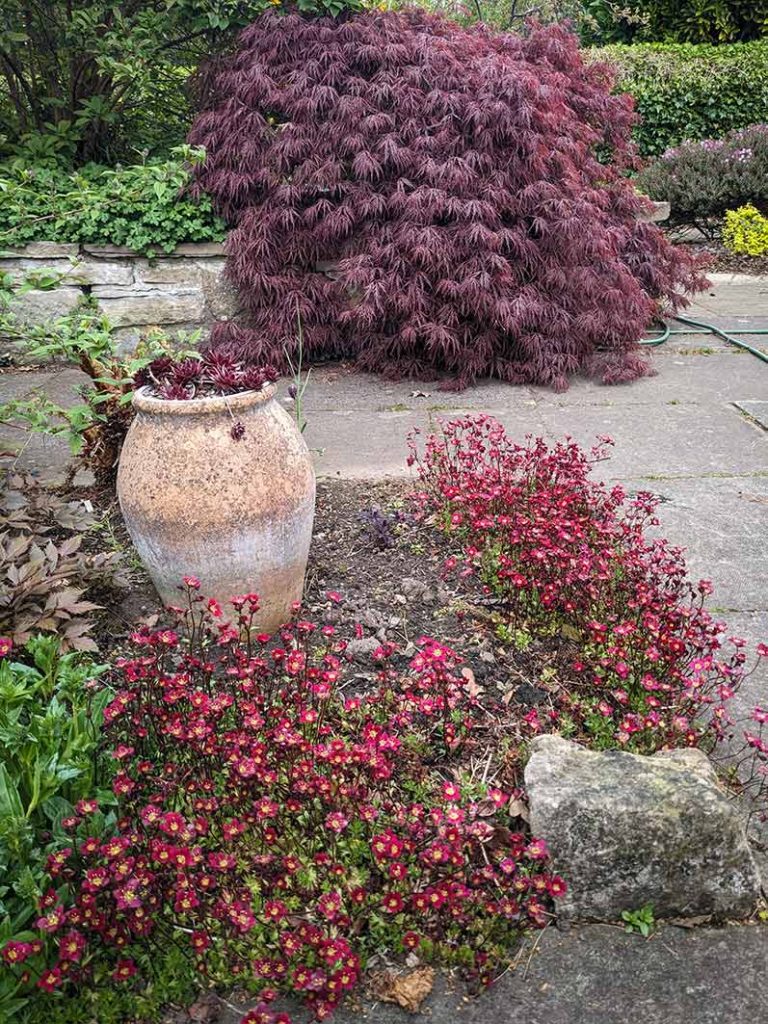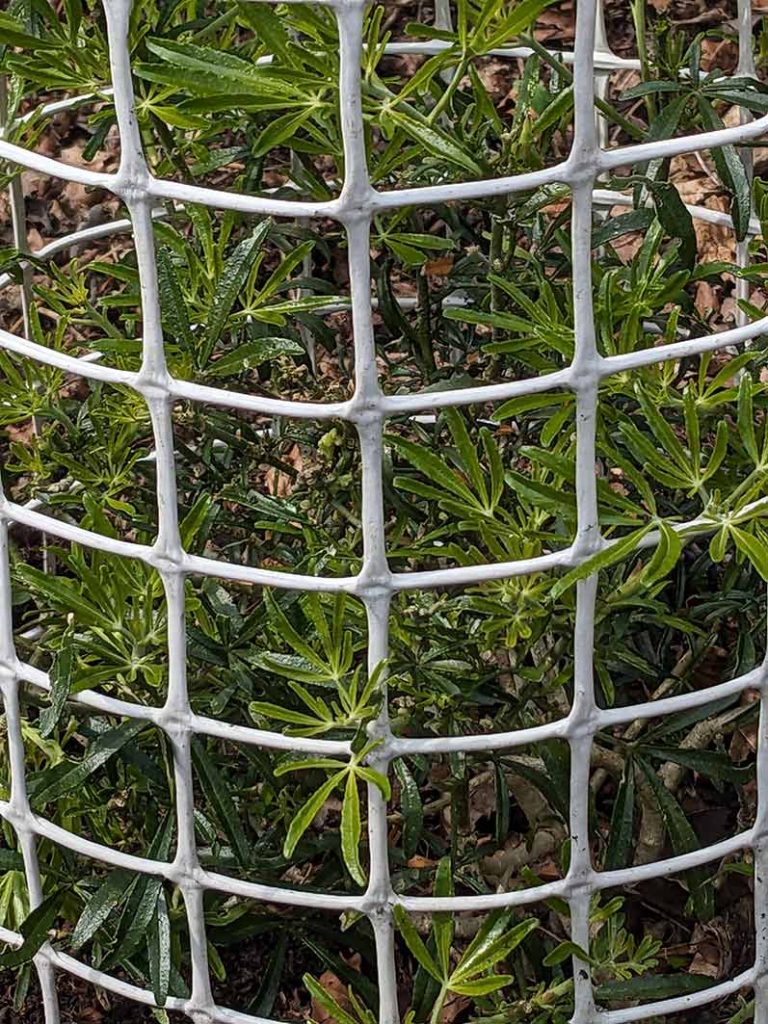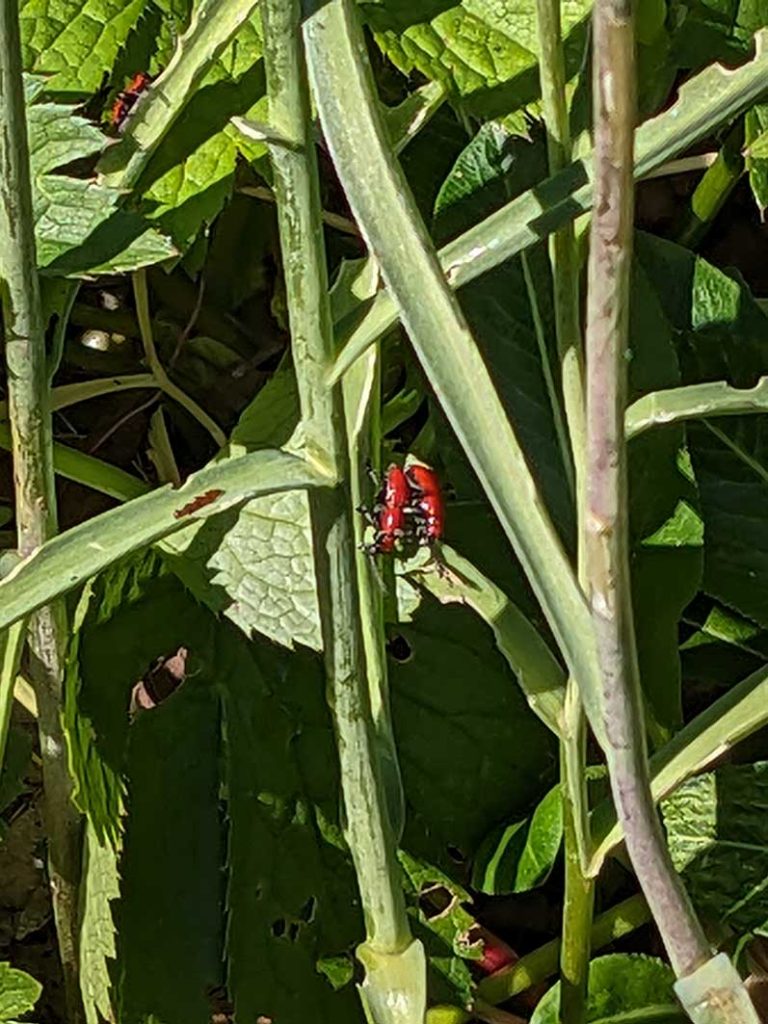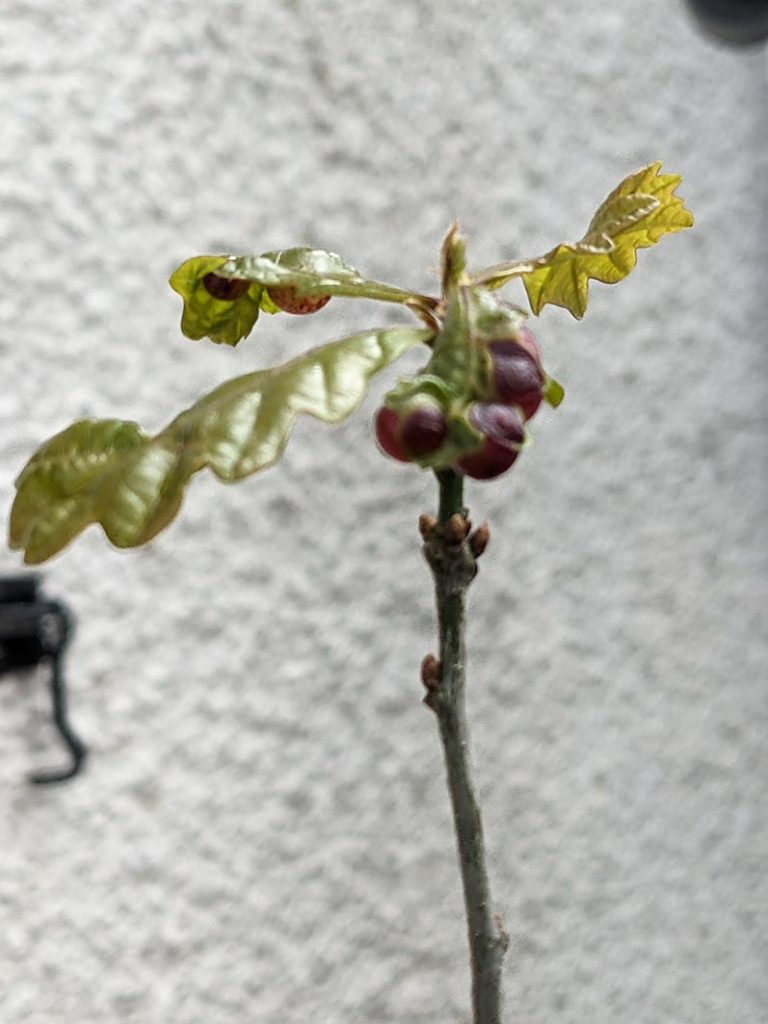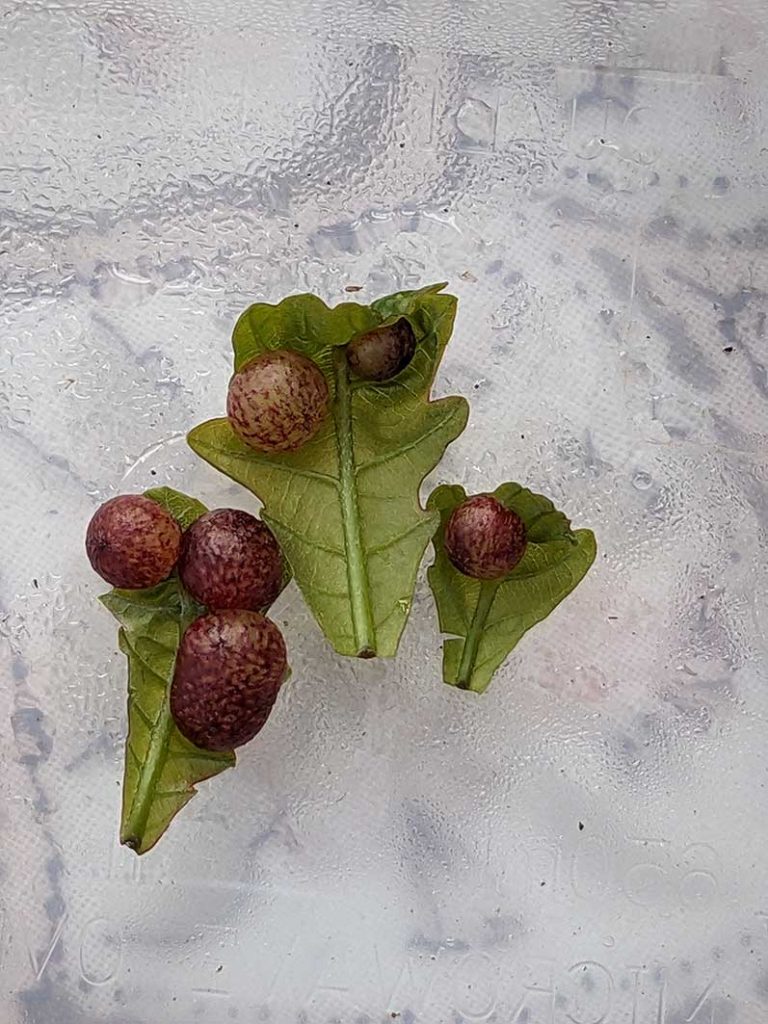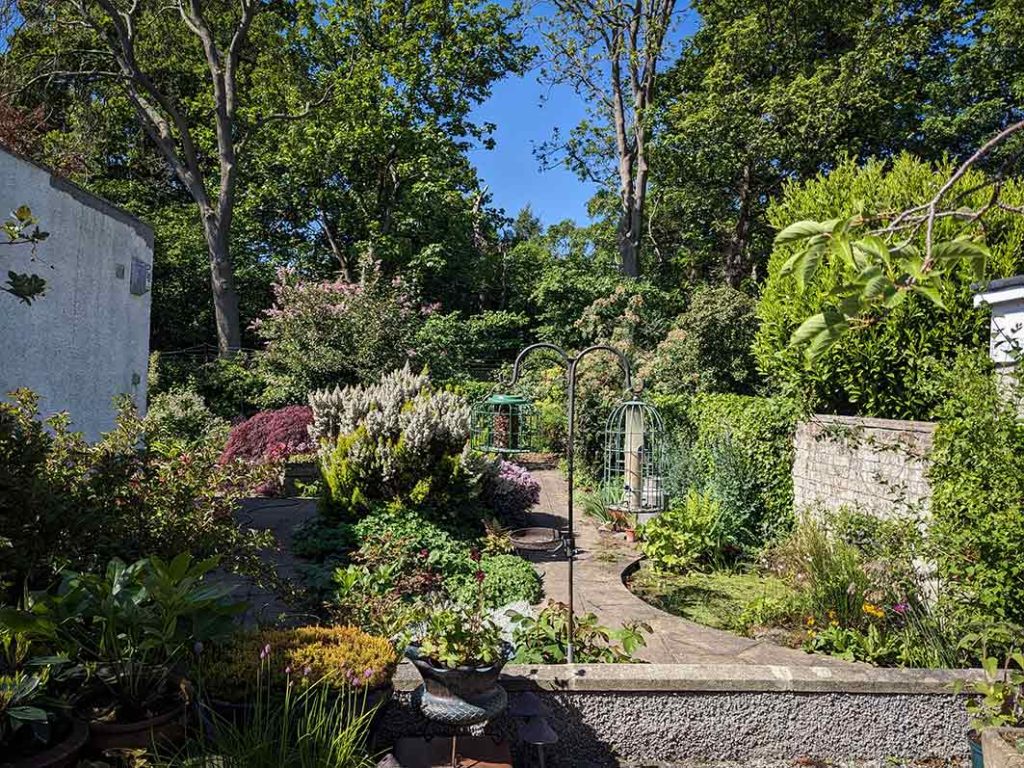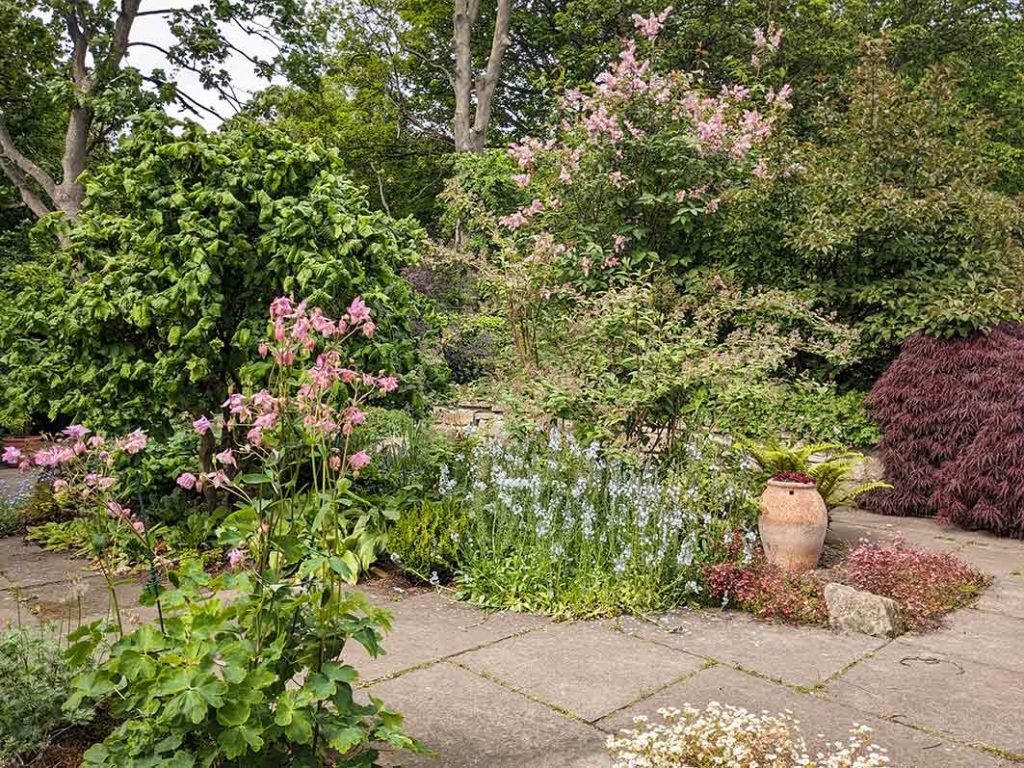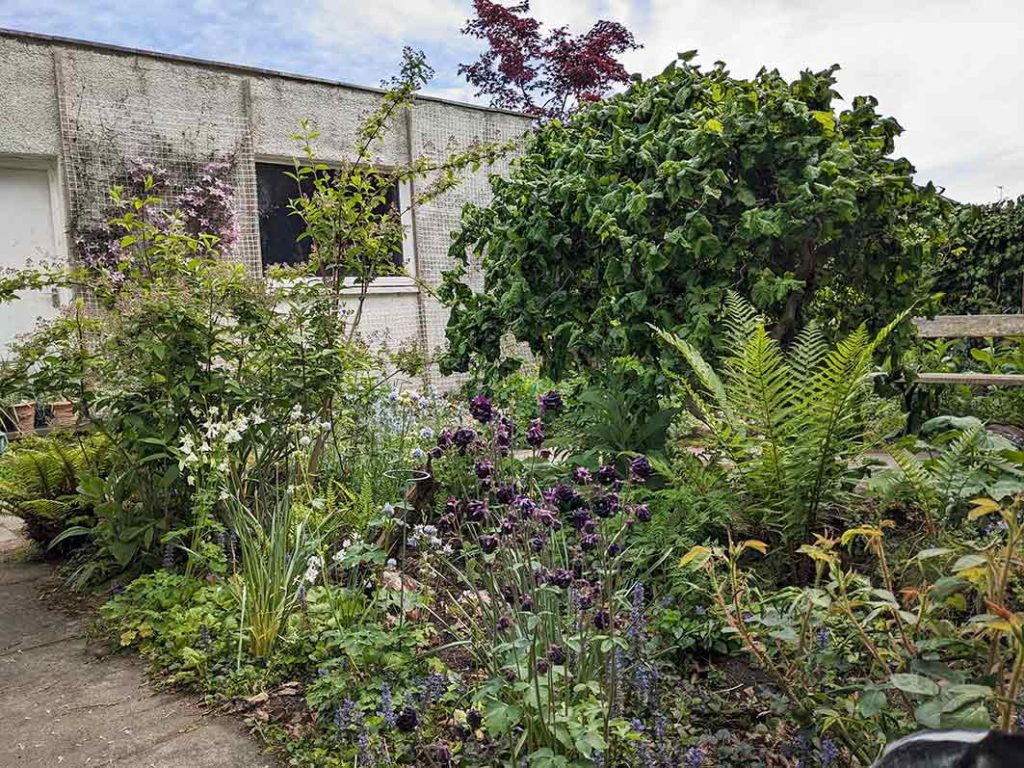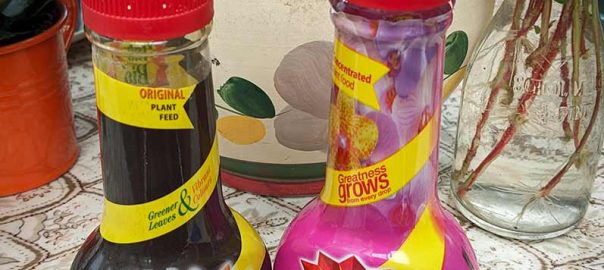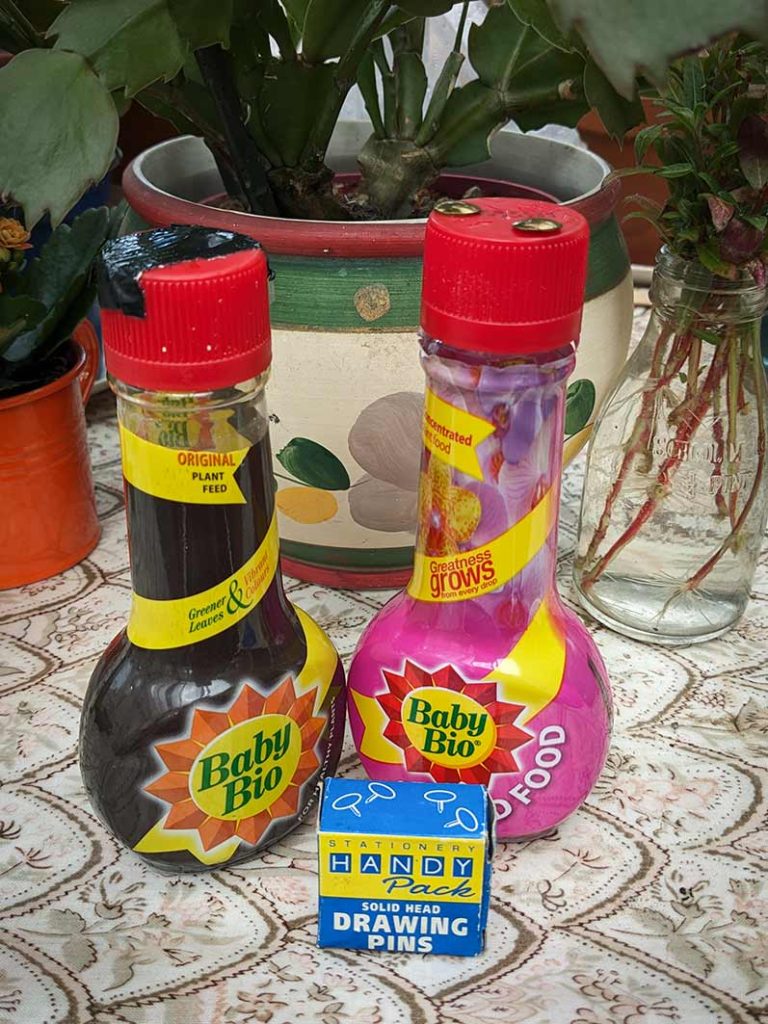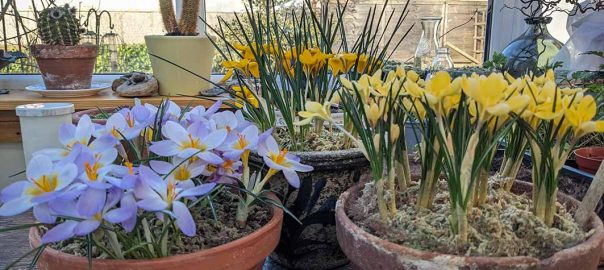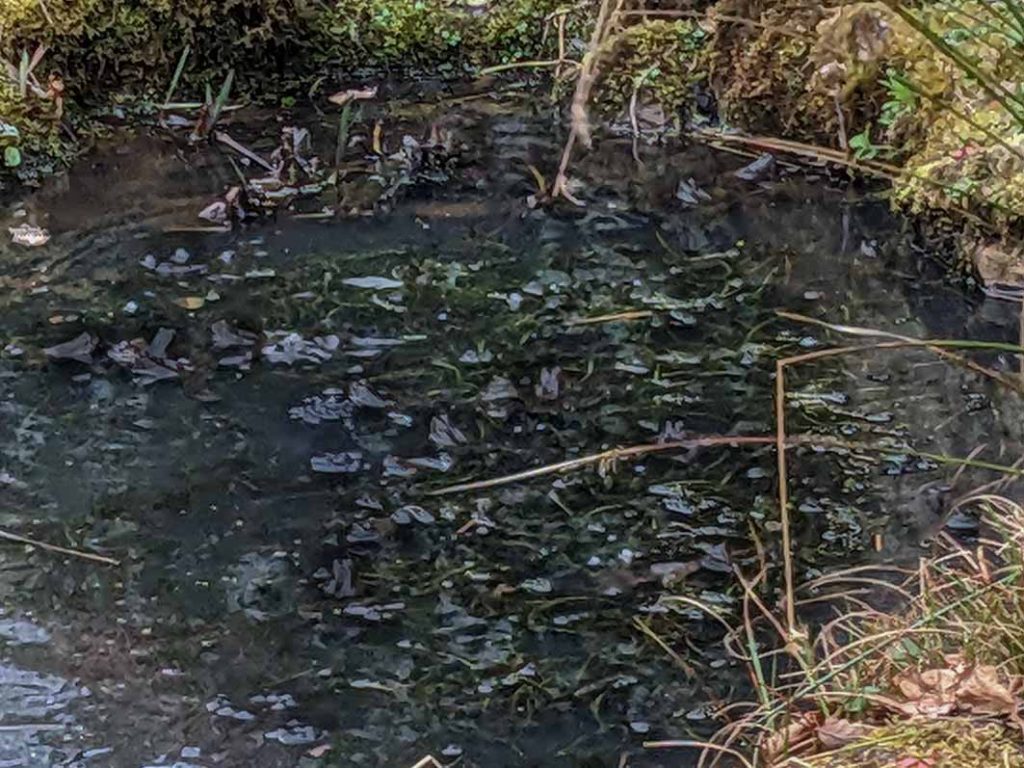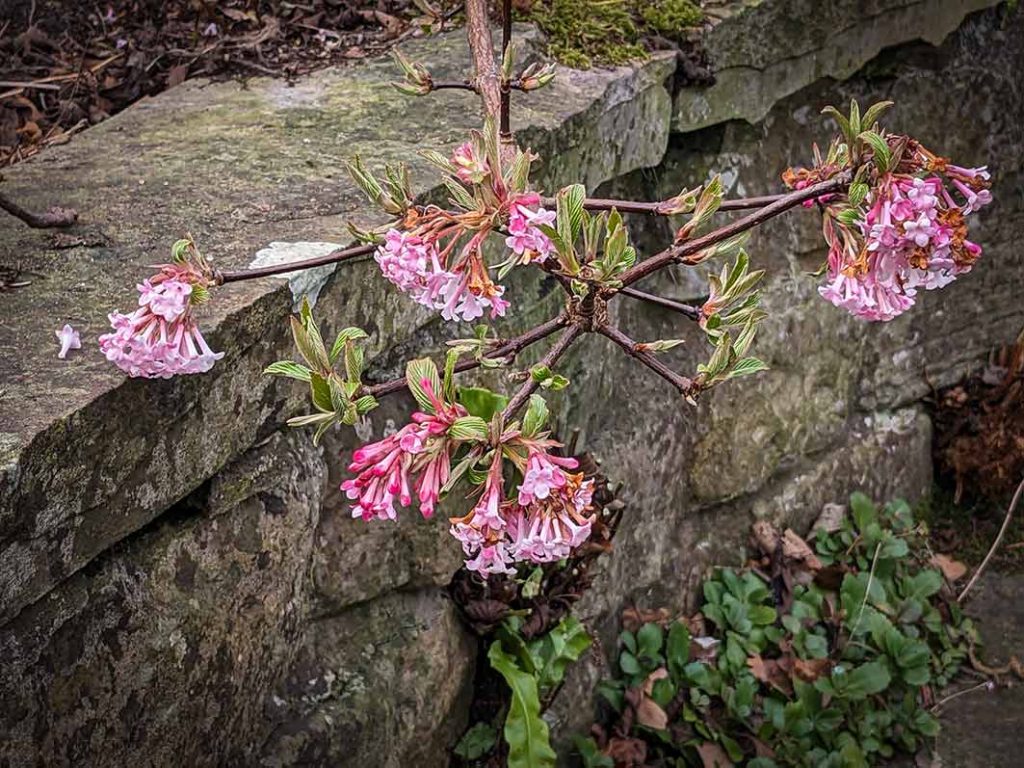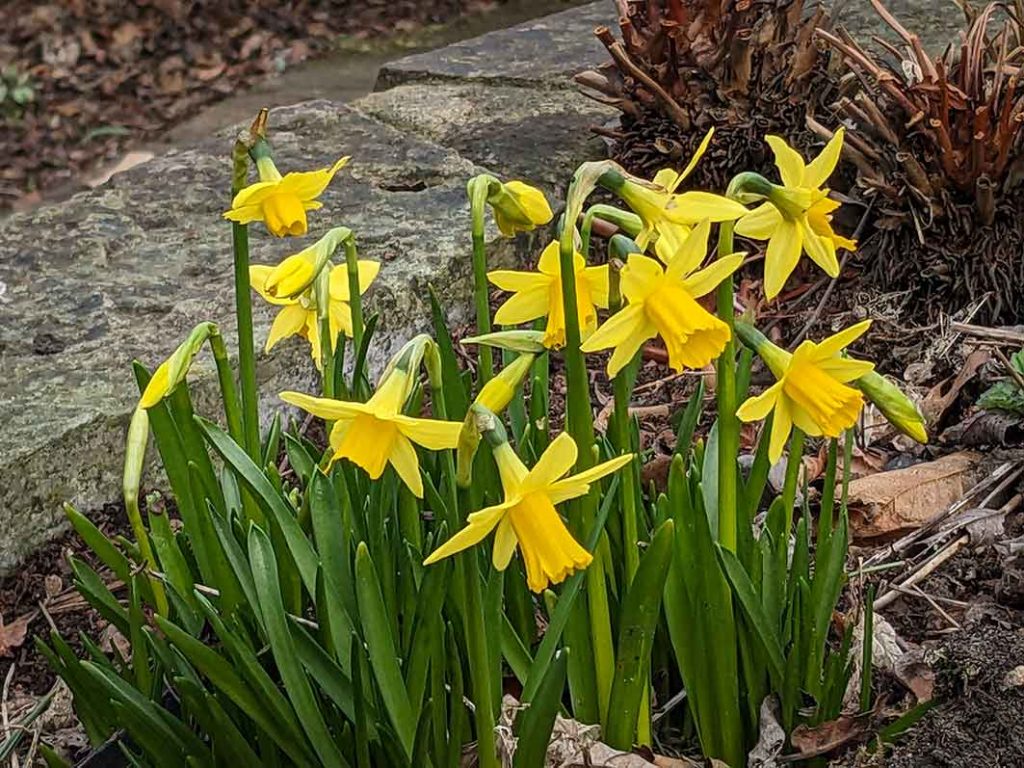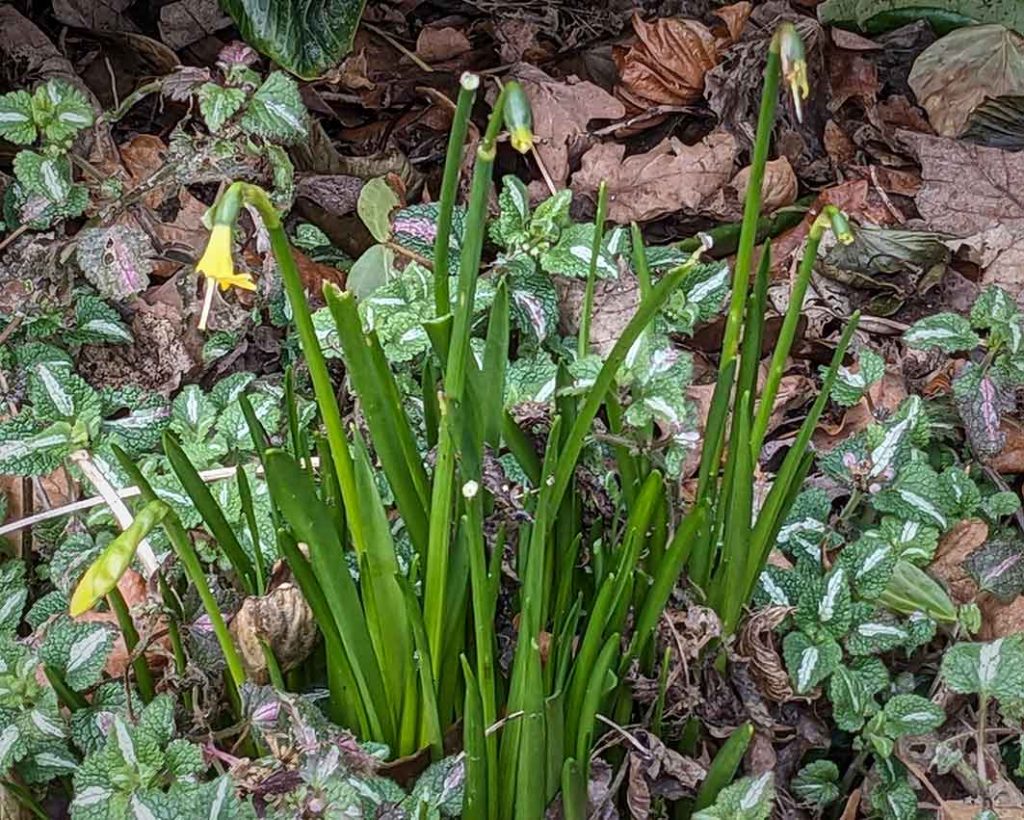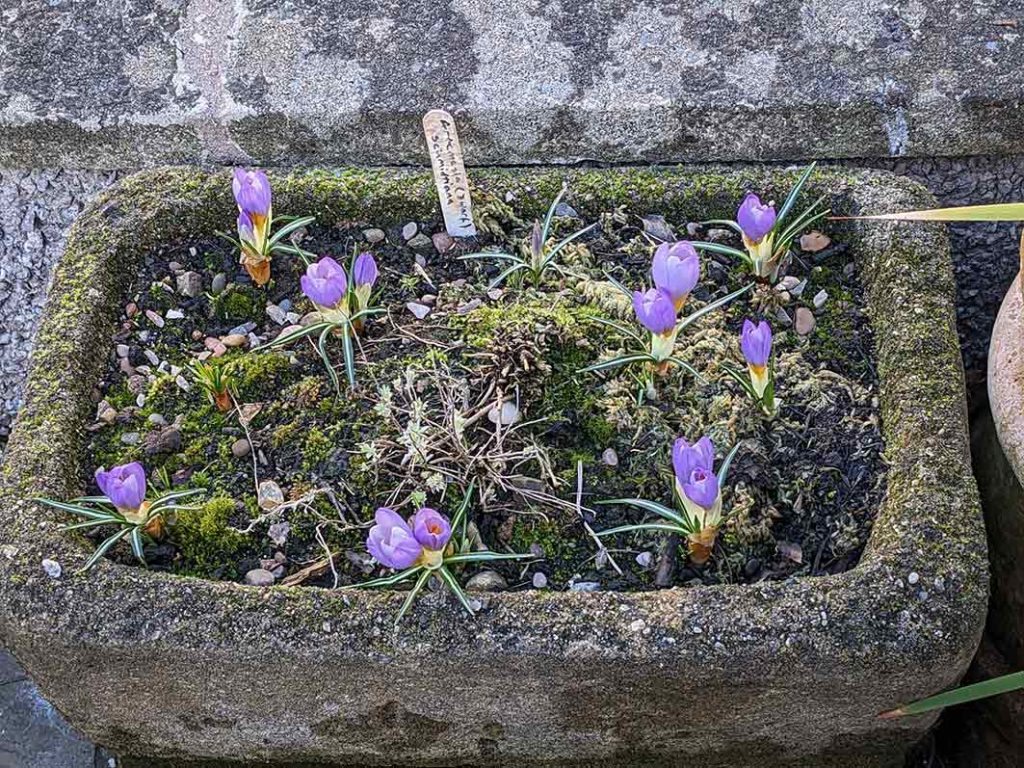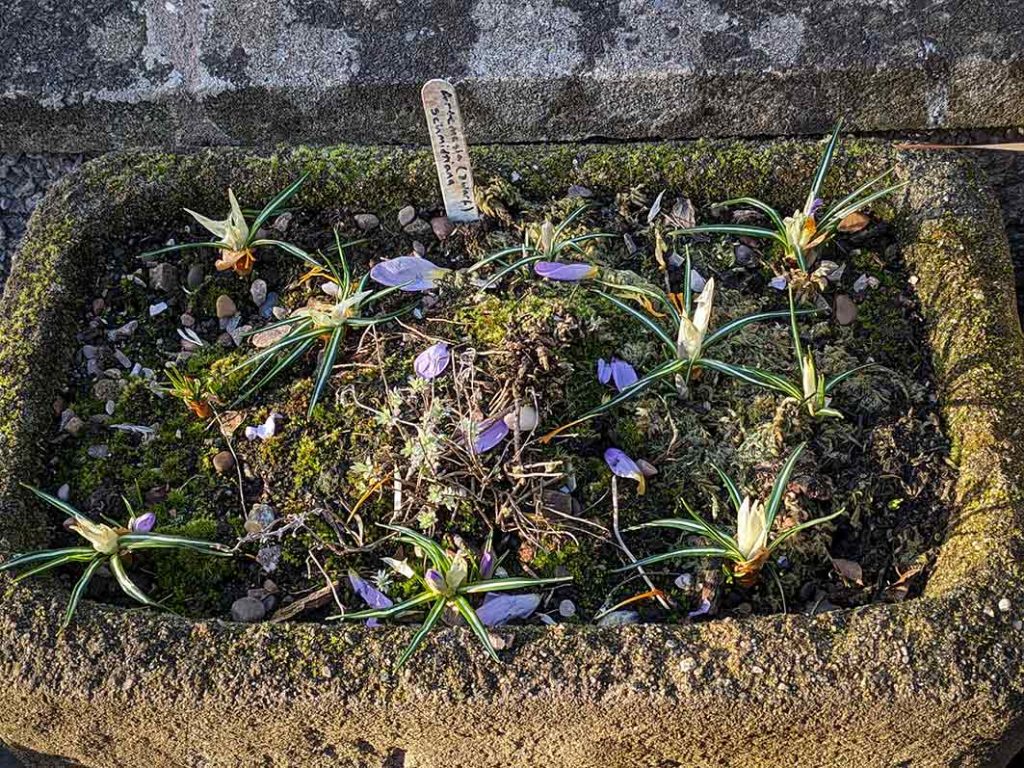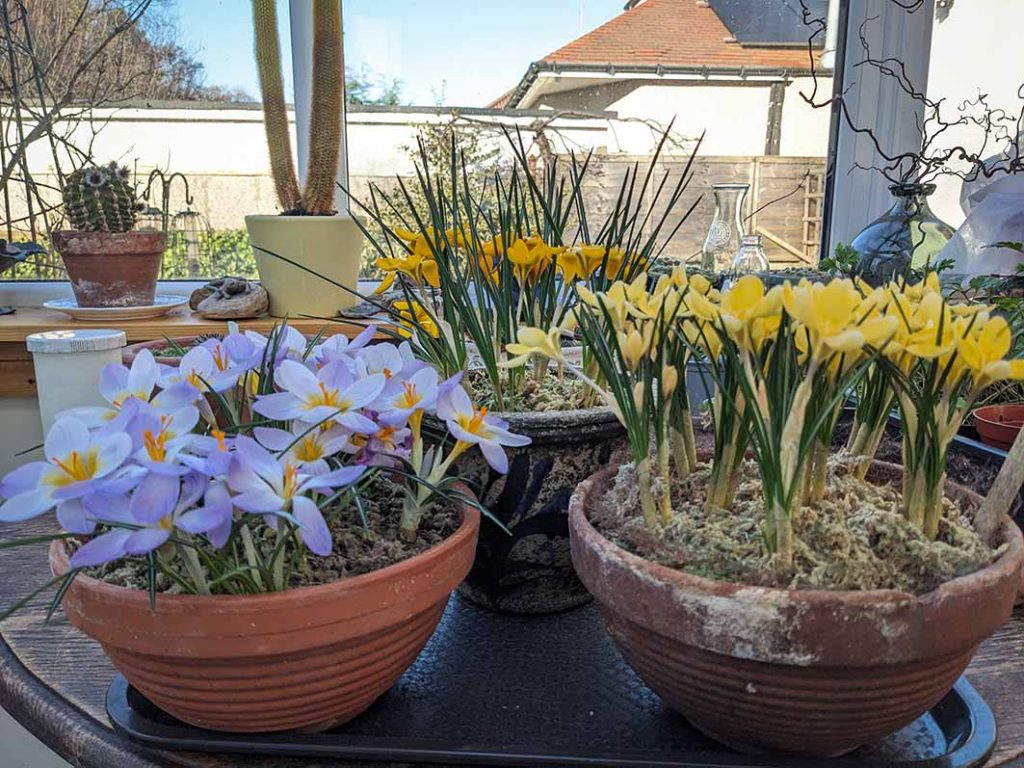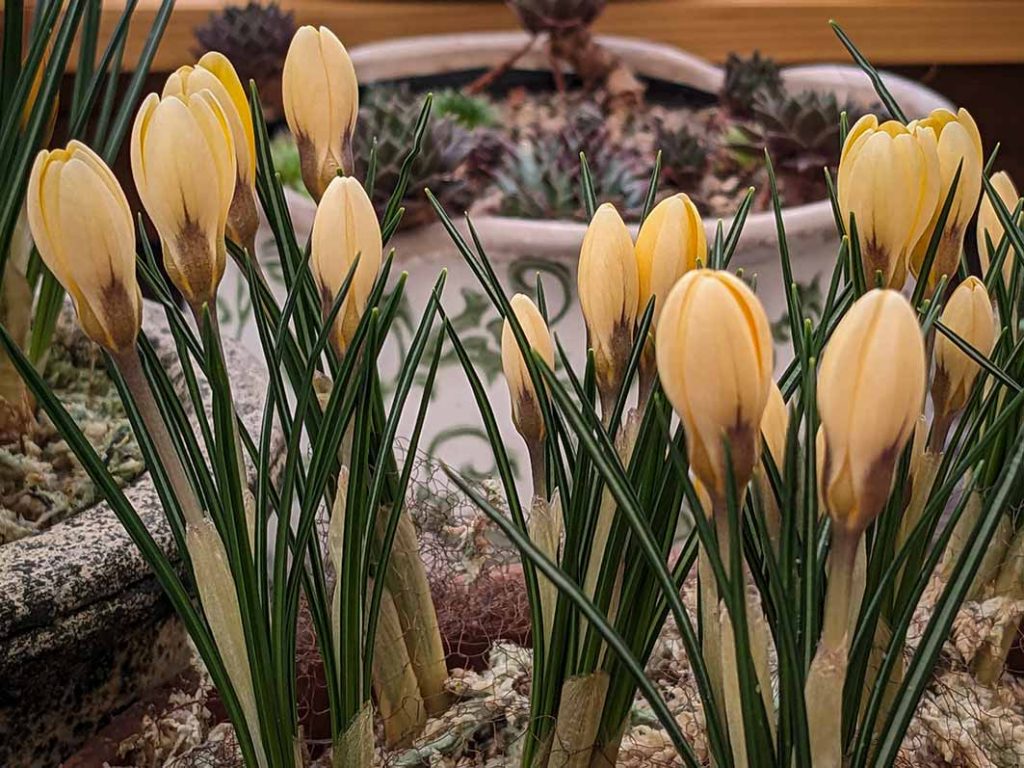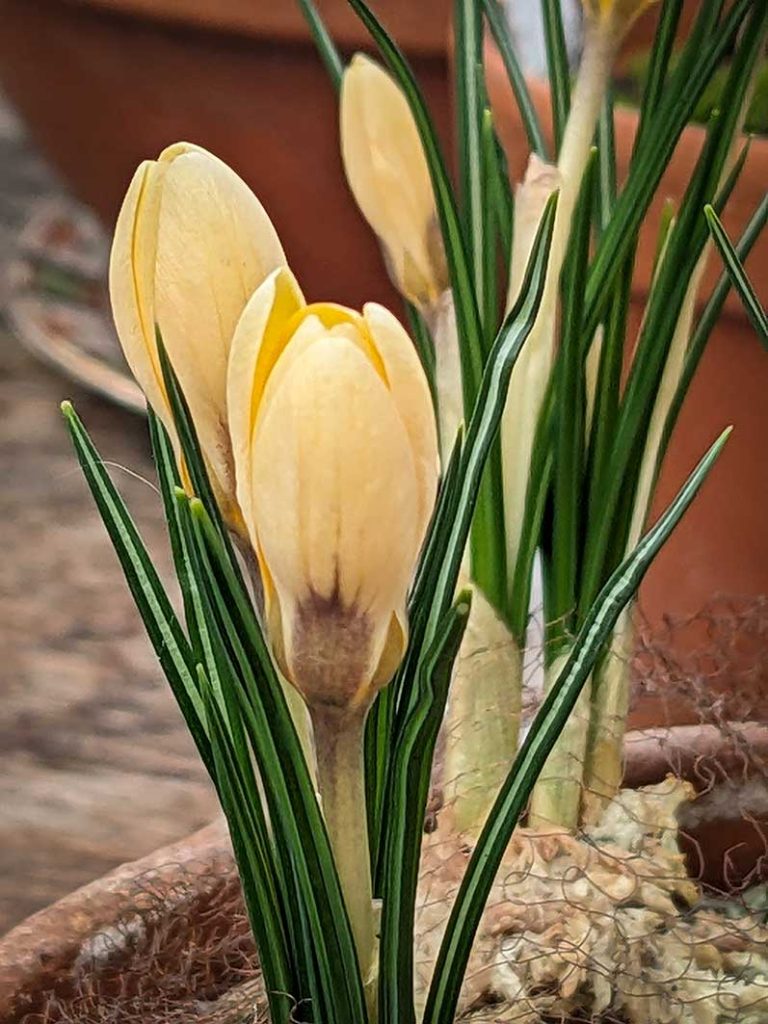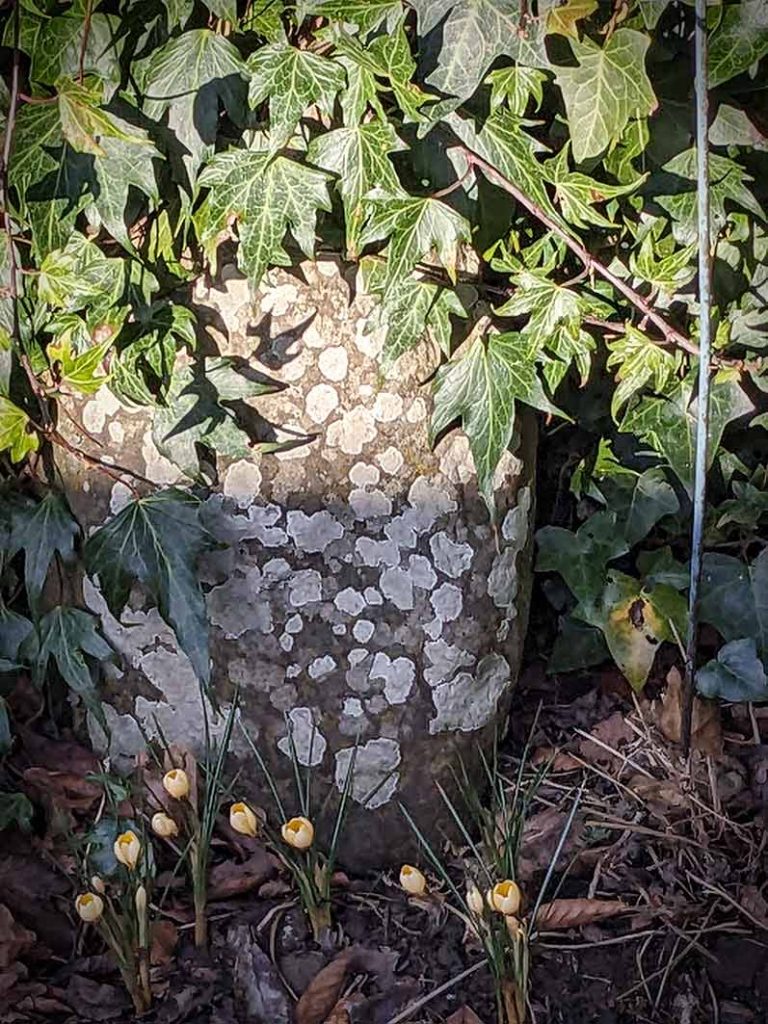And the wheelchair saga continues…
So, I got the repaired wheelchair back – ok so far, except it has devolved a creak on the left hand side. I did not get that ‘pressure mapping’ of my cushion done (despite being promised twice) and it was because the OT at wheelchair services ‘doesn’t believe in it’. Then a few days after my so-called assessment the cushion deflated at the right back quadrant with a slow puncture! That is the area where my right ischium sits by the way- you know – the bone I had the pressure sore on. I ordered a new cushion and wheelchair services delivered one a few days later (which is great service). I was on an old spare one until it was delivered and that too has a slow puncture in exactly the same place. This is all soooooo frustrating.
We had a few very cold days following a whole lot of rain so I haven’t been doing much outdoors. Amy put some mulch down around the rhododendrons and cut back some anemones and other plants that have gone over, and pruned a few shrubs. The crocuses and irises that I potted up are poking through so I must keep them from getting waterlogged so they are still under the table for now. There is only so much room under the table so I have tipped a few other pots onto their sides to try and prevent them getting waterlogged too. I have cuttings of various plants (that should be outside) sheltering on the conservatory sofa trying to dry out.
In the conservatory the cyclamen are just starting to flower. The aeoniums are losing their lovely deep red colouration and are taking on more of a green tone now. The cuttings of the chunkier hare’s foot fern are doing ok although they are very slow. One cutting has one frond and another cutting only has new growth bumps appearing underneath the root cutting so at least it hasn’t died. Any leaves that fell from the Kalanchoe tomentosa ‘Dorothy Brown’ I left on the top of some soil in a small pot to see if they would take root. A few of them have grown tiny new pups (or at least leaves) on top of the fallen leaves and one has developed roots.
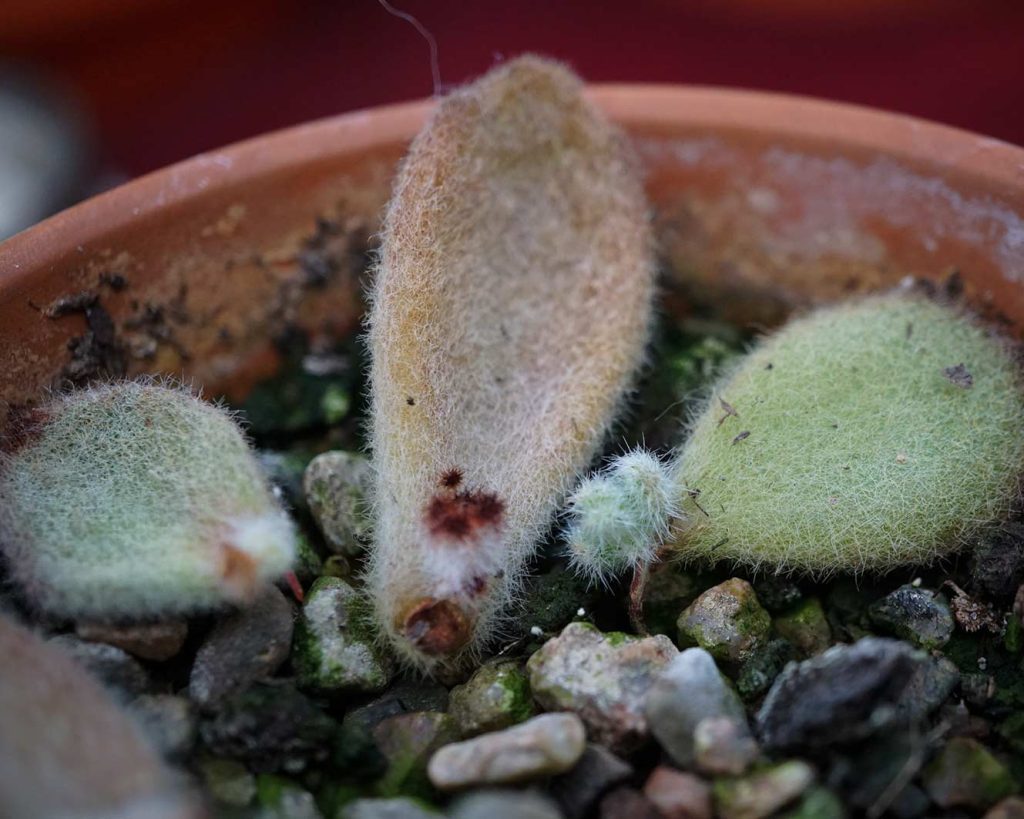
My oxalis palmifrons has produced lots of lovely leaves but has had only one flower so far this year. They need lots of light to flower but the conservatory gets very cold and even though these are hardy I think they would flower better if they were kept in a warmer room. The trouble is the house is cold and none of the rooms have enough light for them. The streptocarpus saxorum cuttings are flowering away – they have such dainty little flowers on wiry stems. I think the parent plant died due to me not giving them adequate water – ha- I usually over water plants at this time of year.
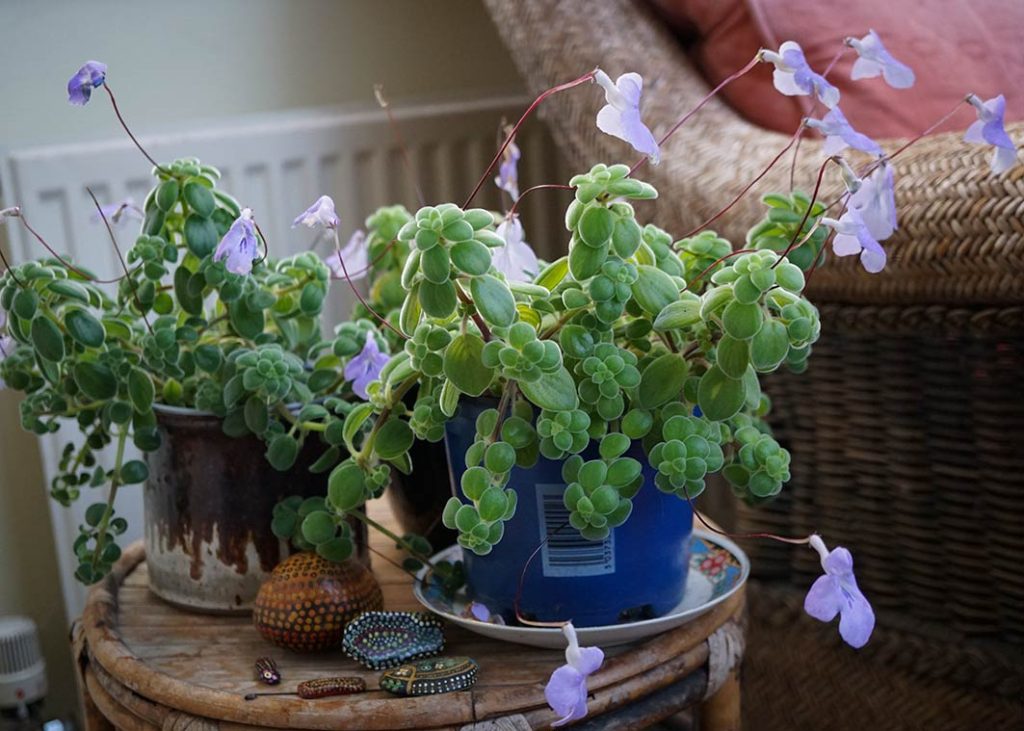
The Christmas cactus is flowering now and adding some much needed colour into this drab weather. All of the pots of crocus are outside this year but I may bring a few in now to see if they will come into flower soon.
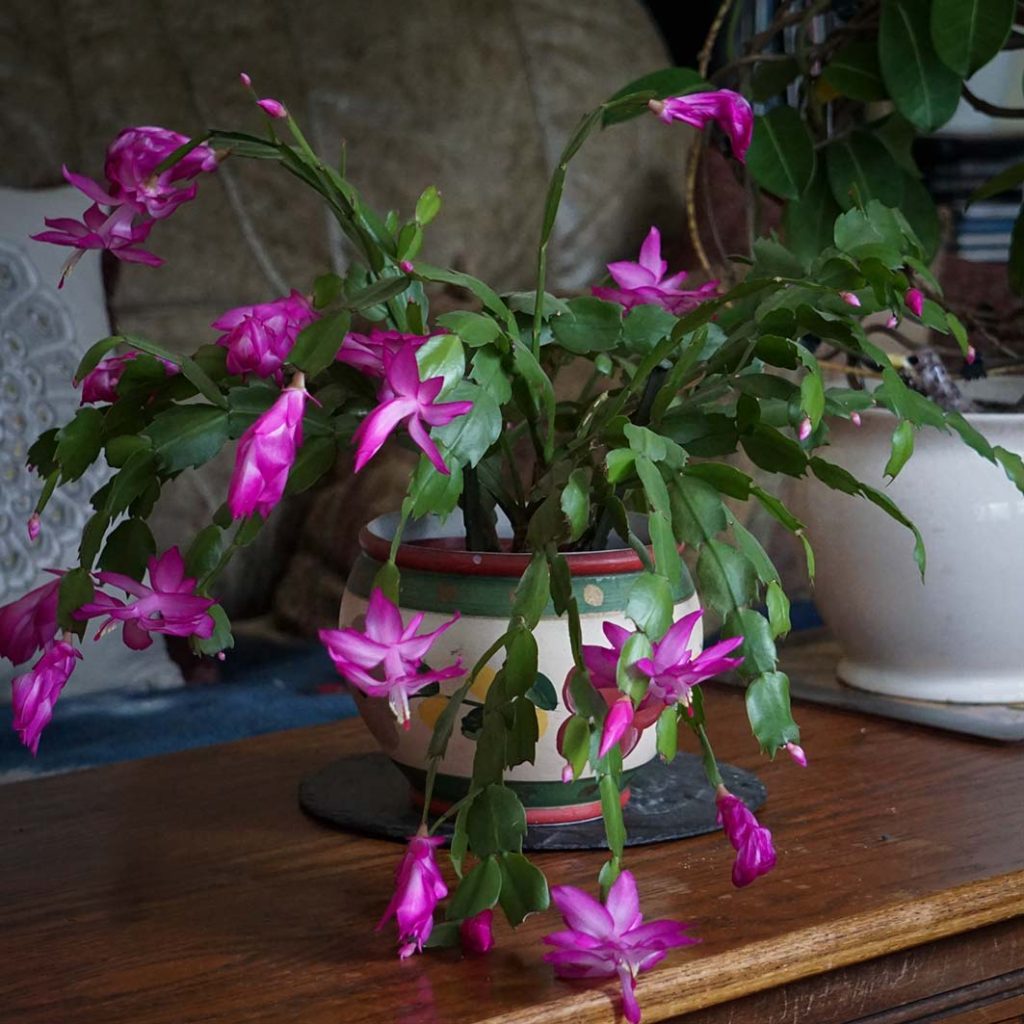
Most of the leaves have now been shed from the deciduous trees but there is loads of green still from the ivy clad walls and the evergreen shrubs. The pigeons have had most of the rowan berries but the blackbirds got some too. The fabulous red seed heads of the miscanthus ‘Red chief’ grass are now a mucky brown colour but the leaves gave a final flourish of autumnal colours before turning straw coloured.
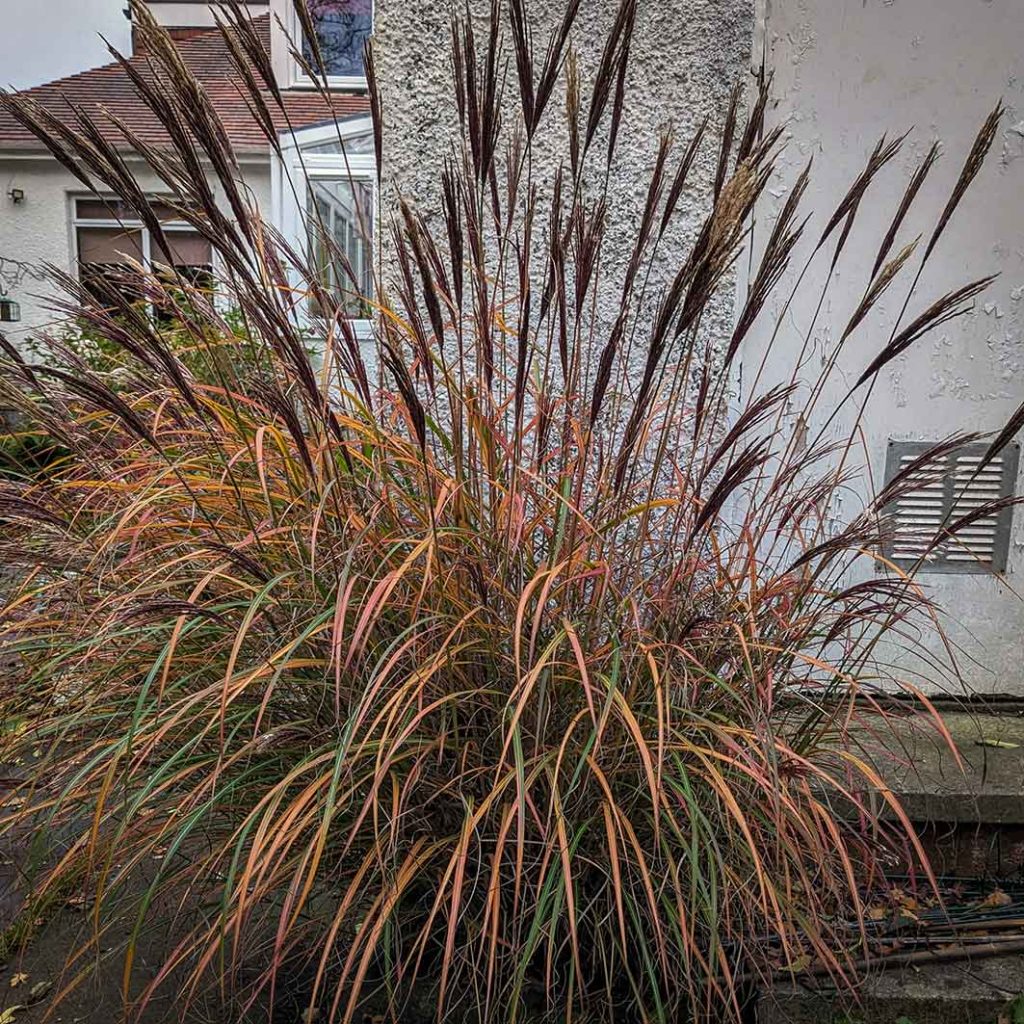
For now I am just trying stay warm and keep as many plants as possible from getting waterlogged.
